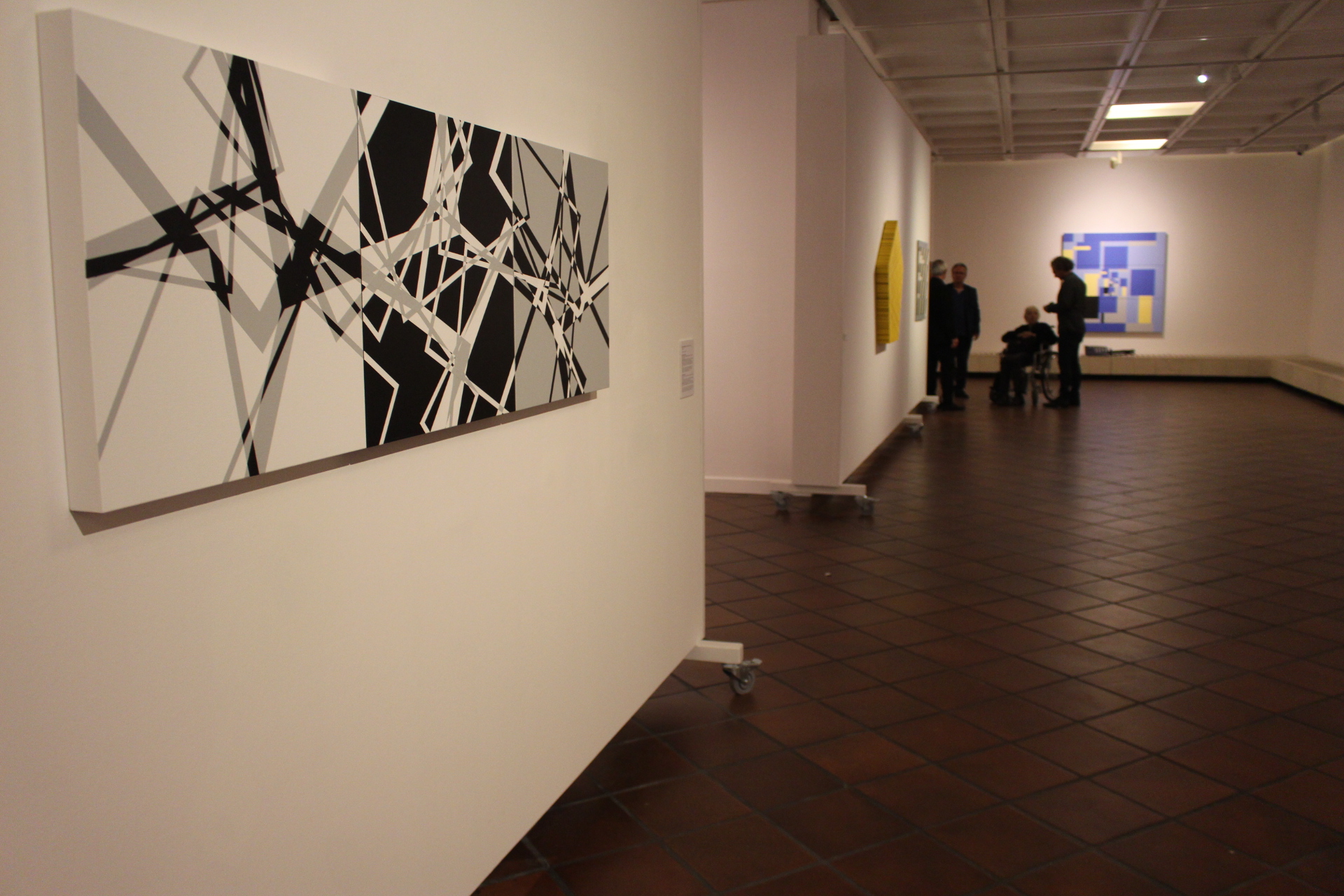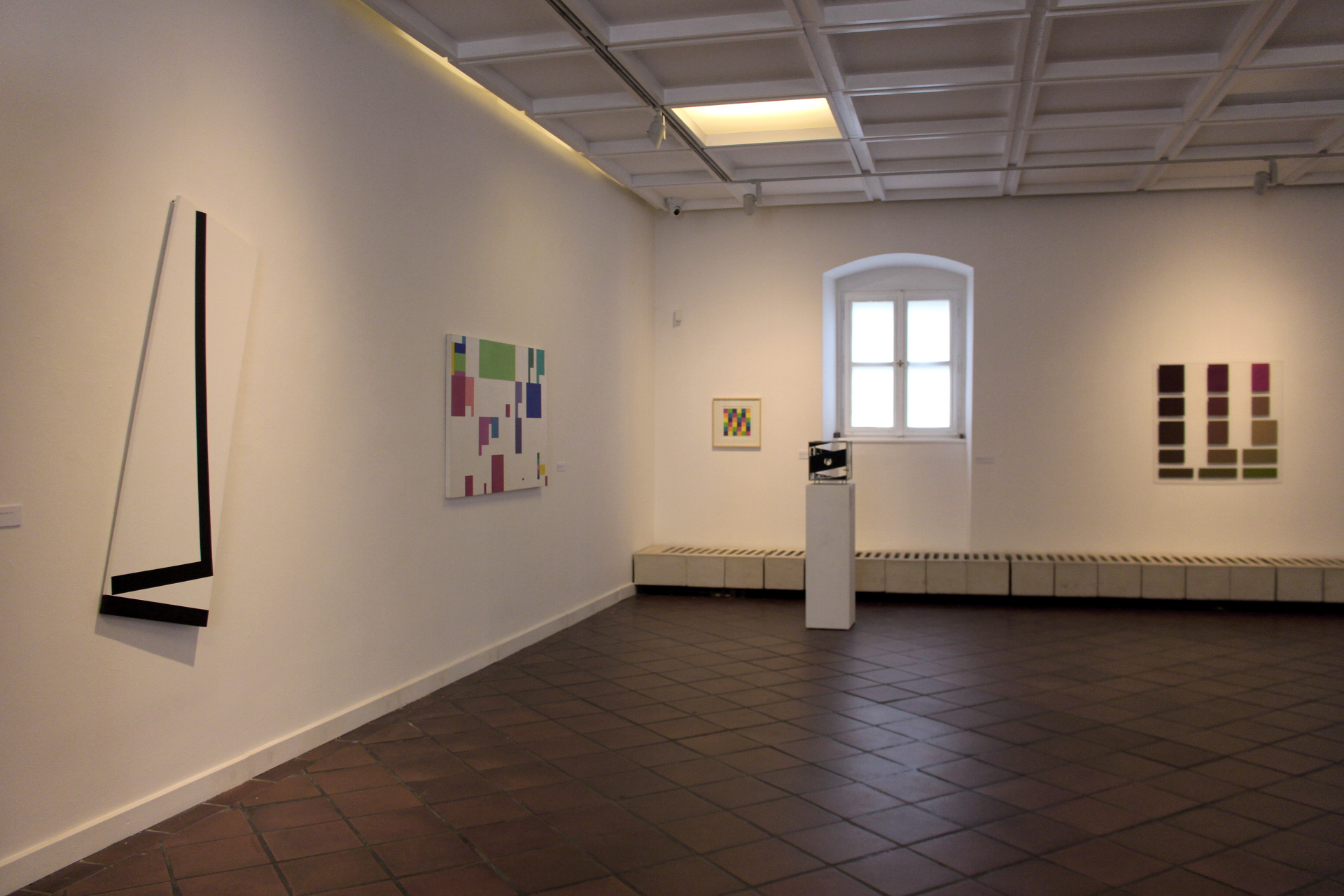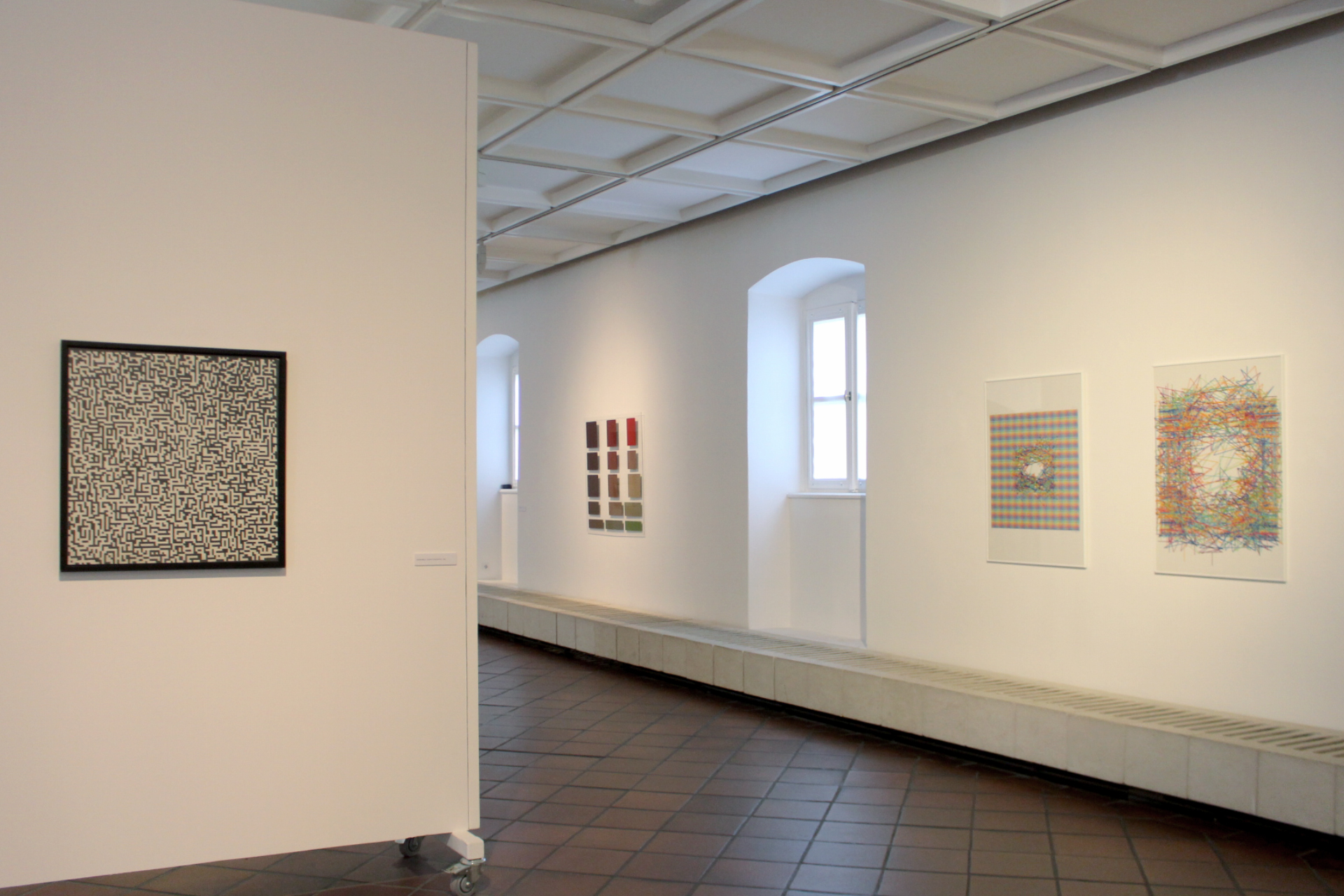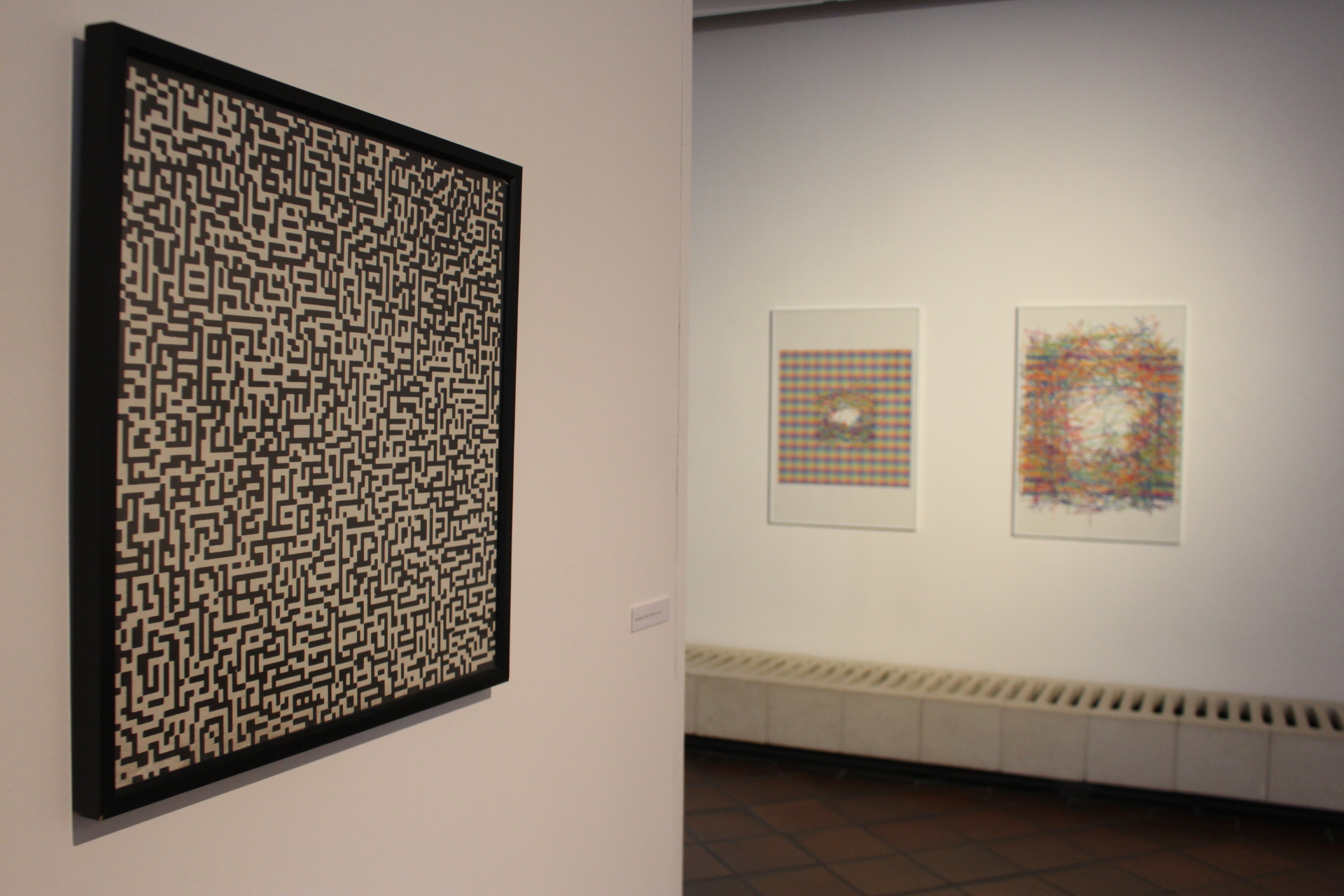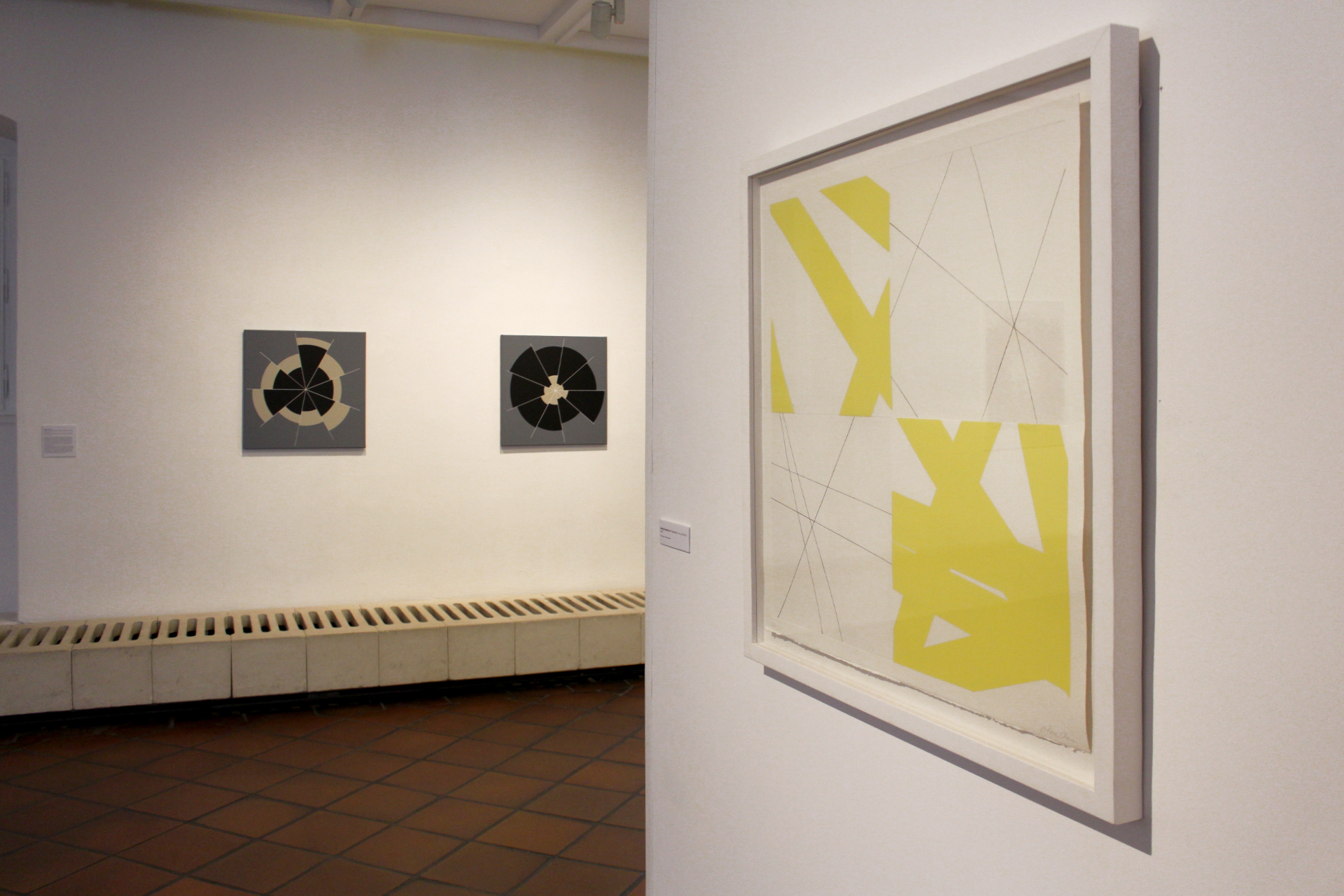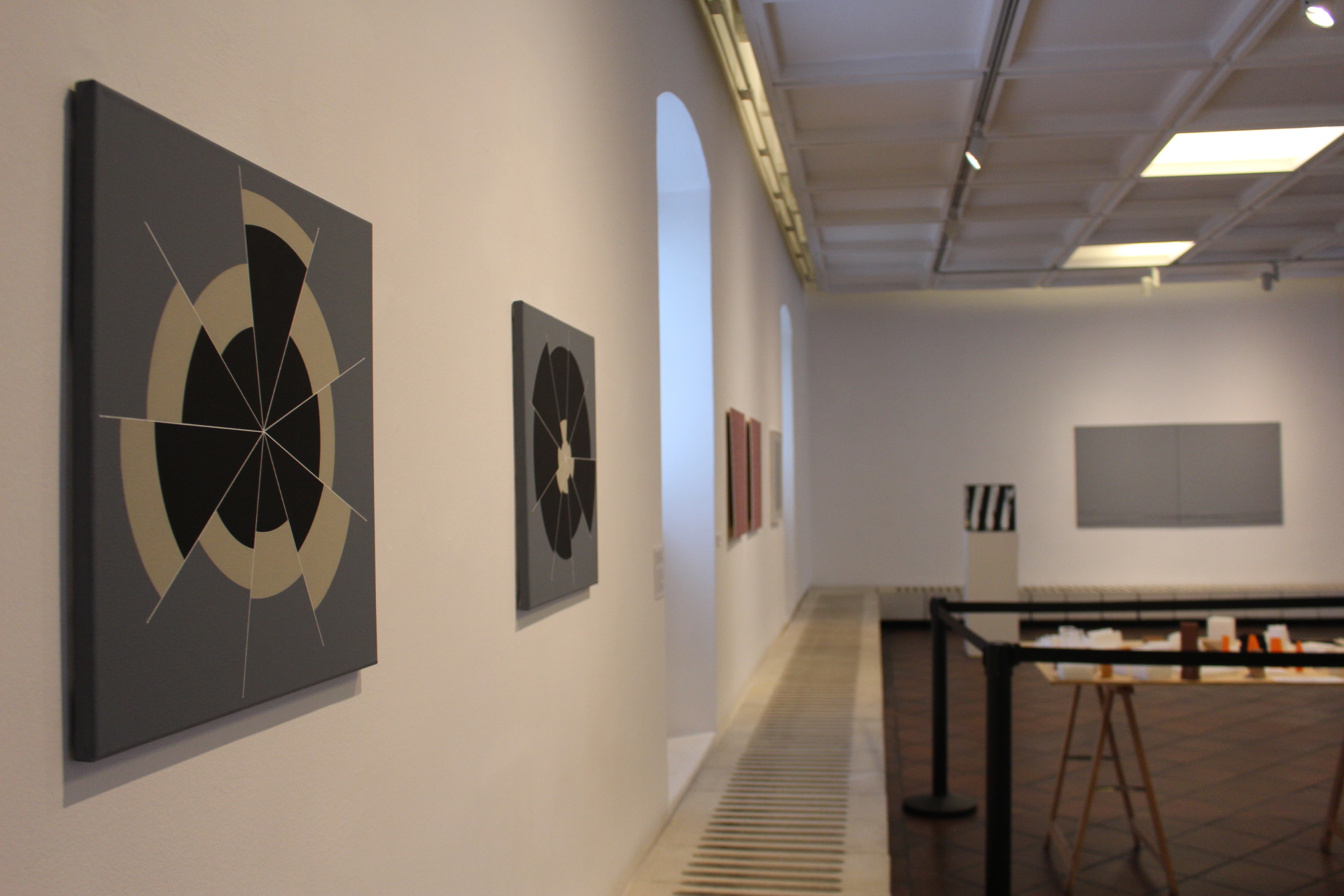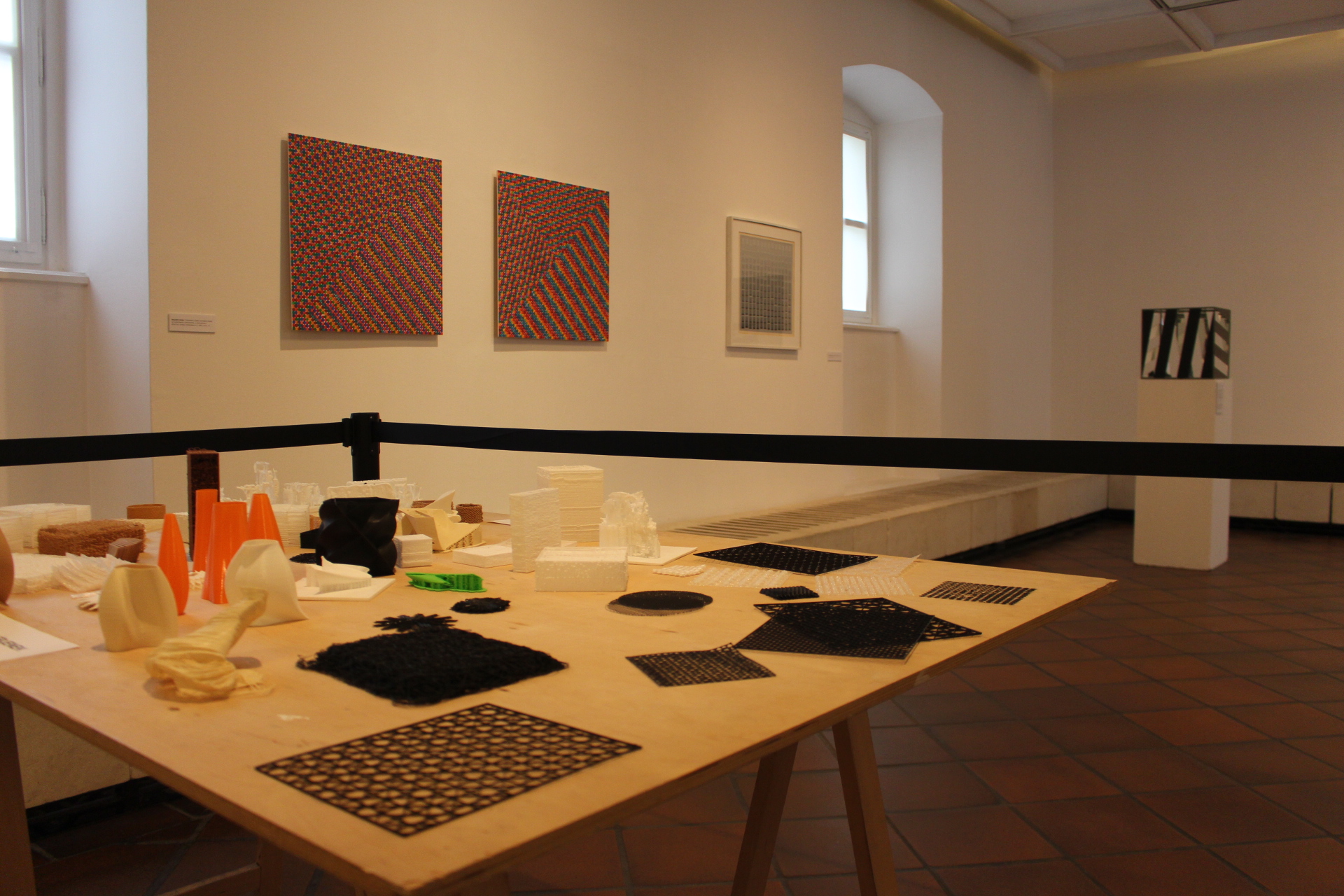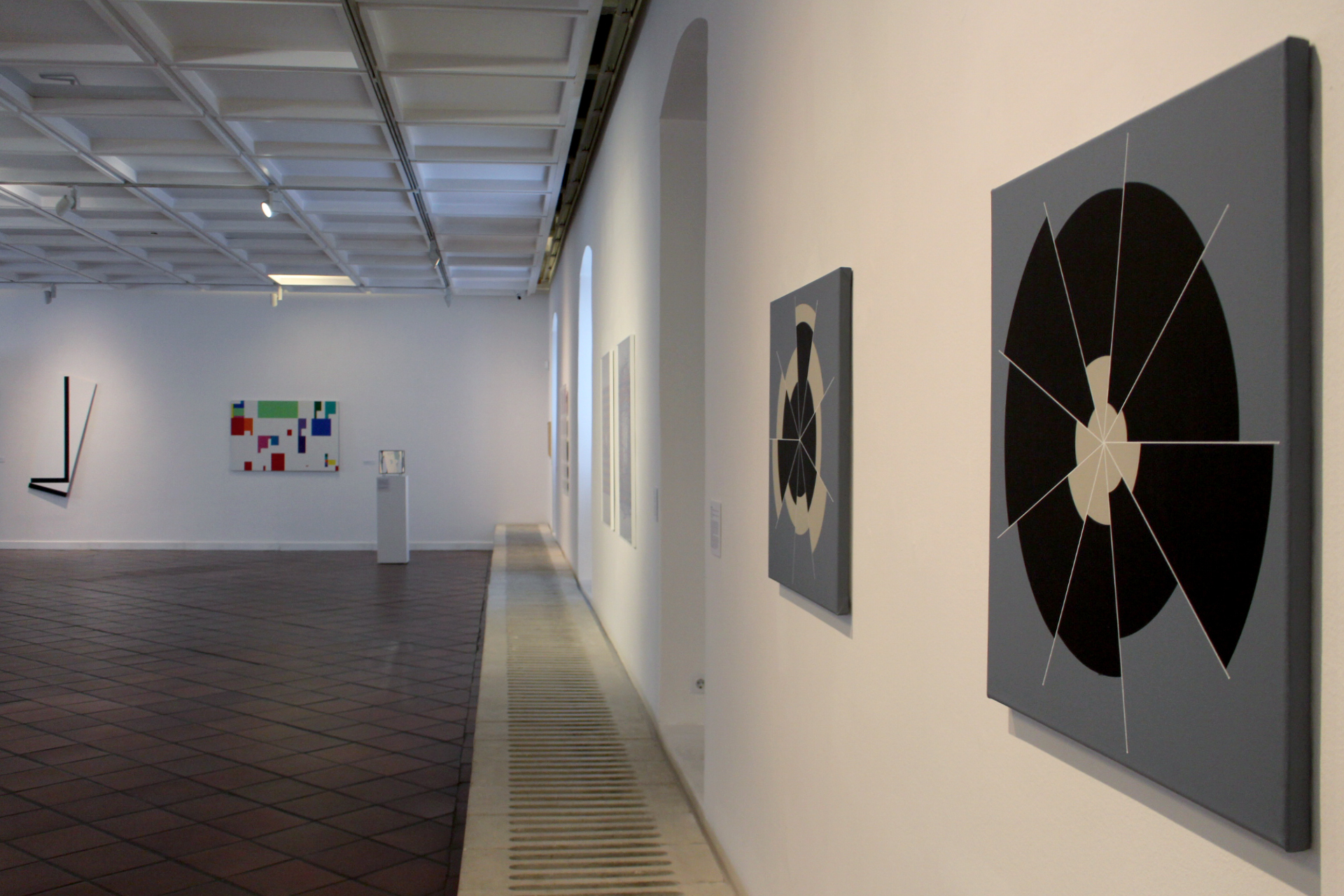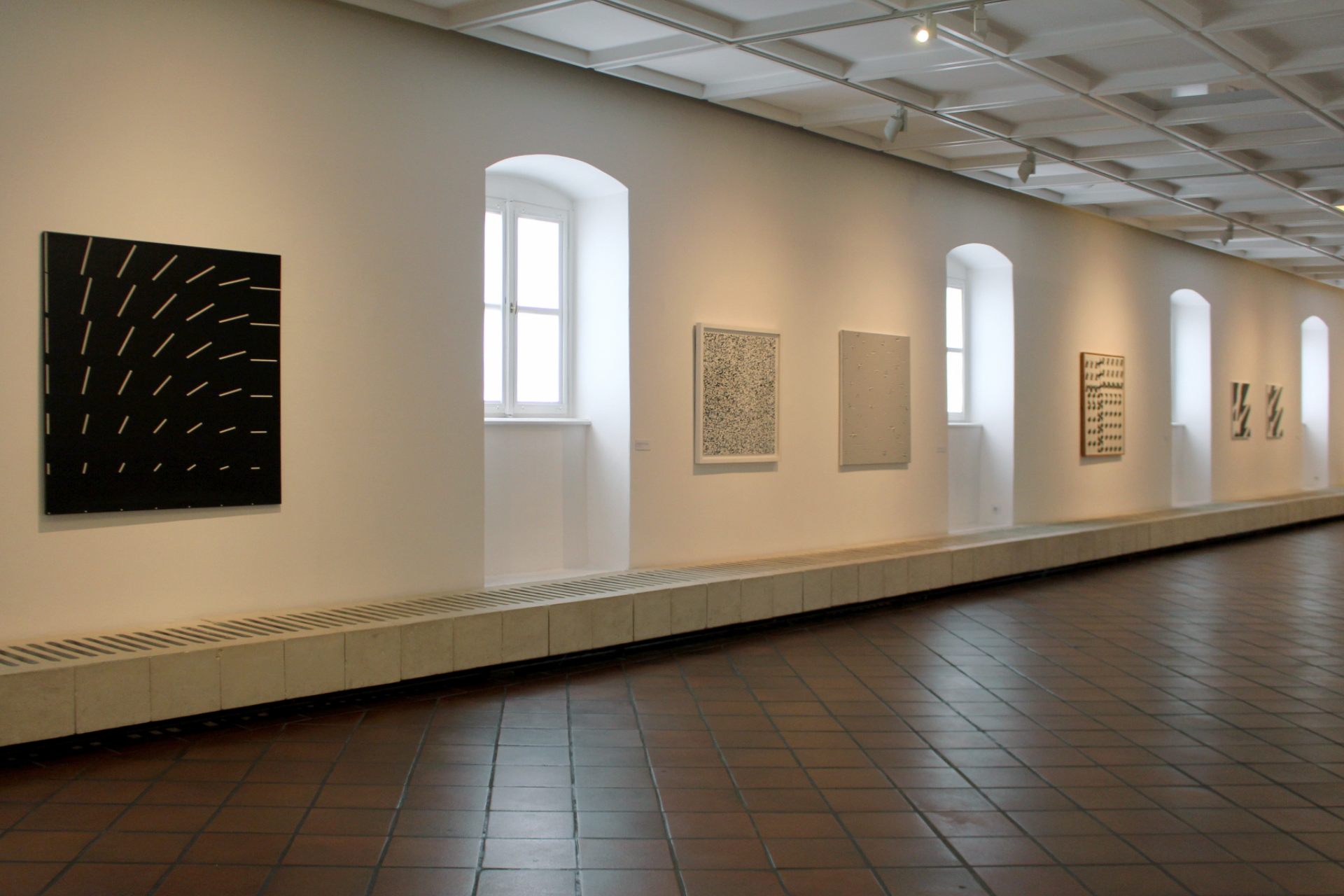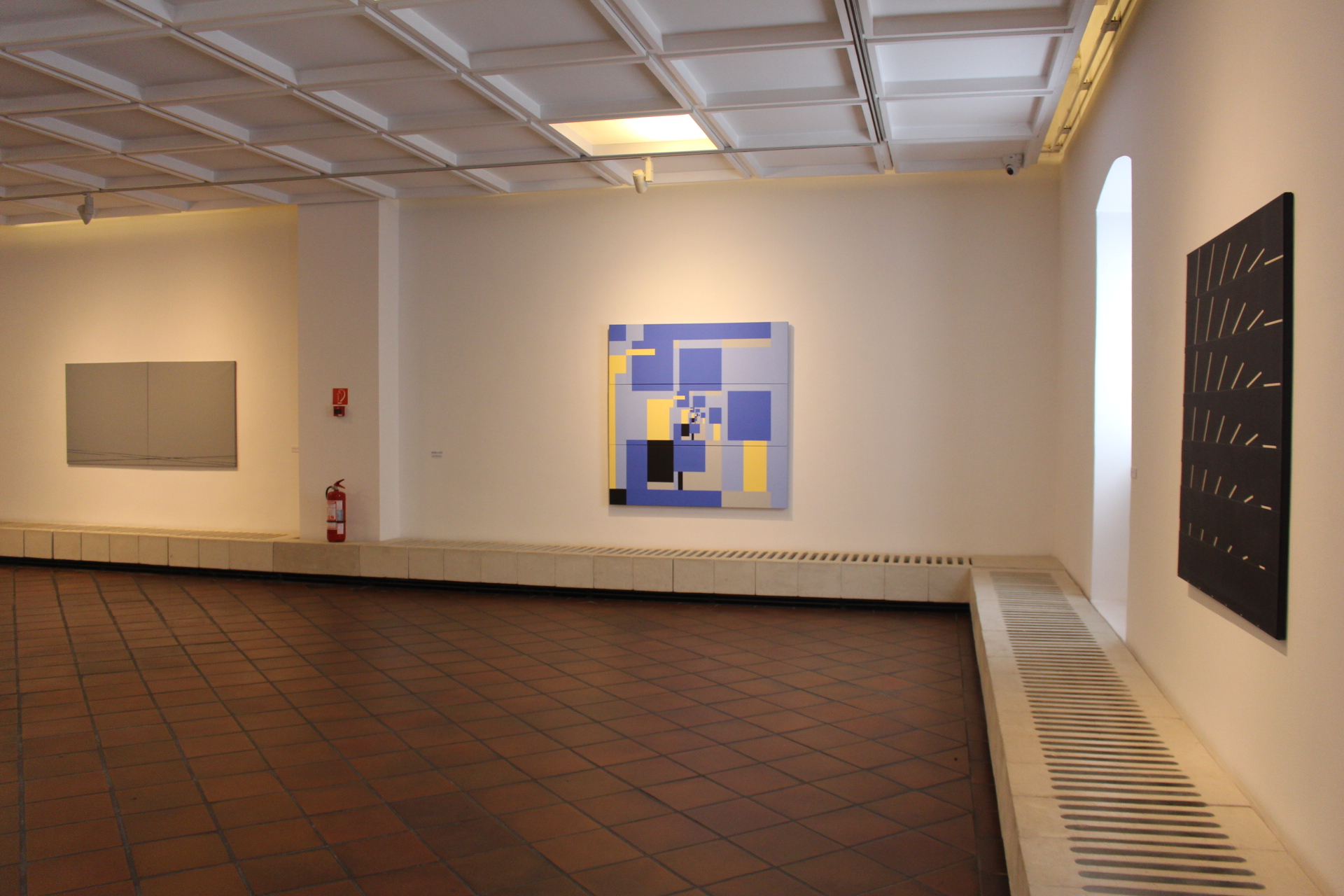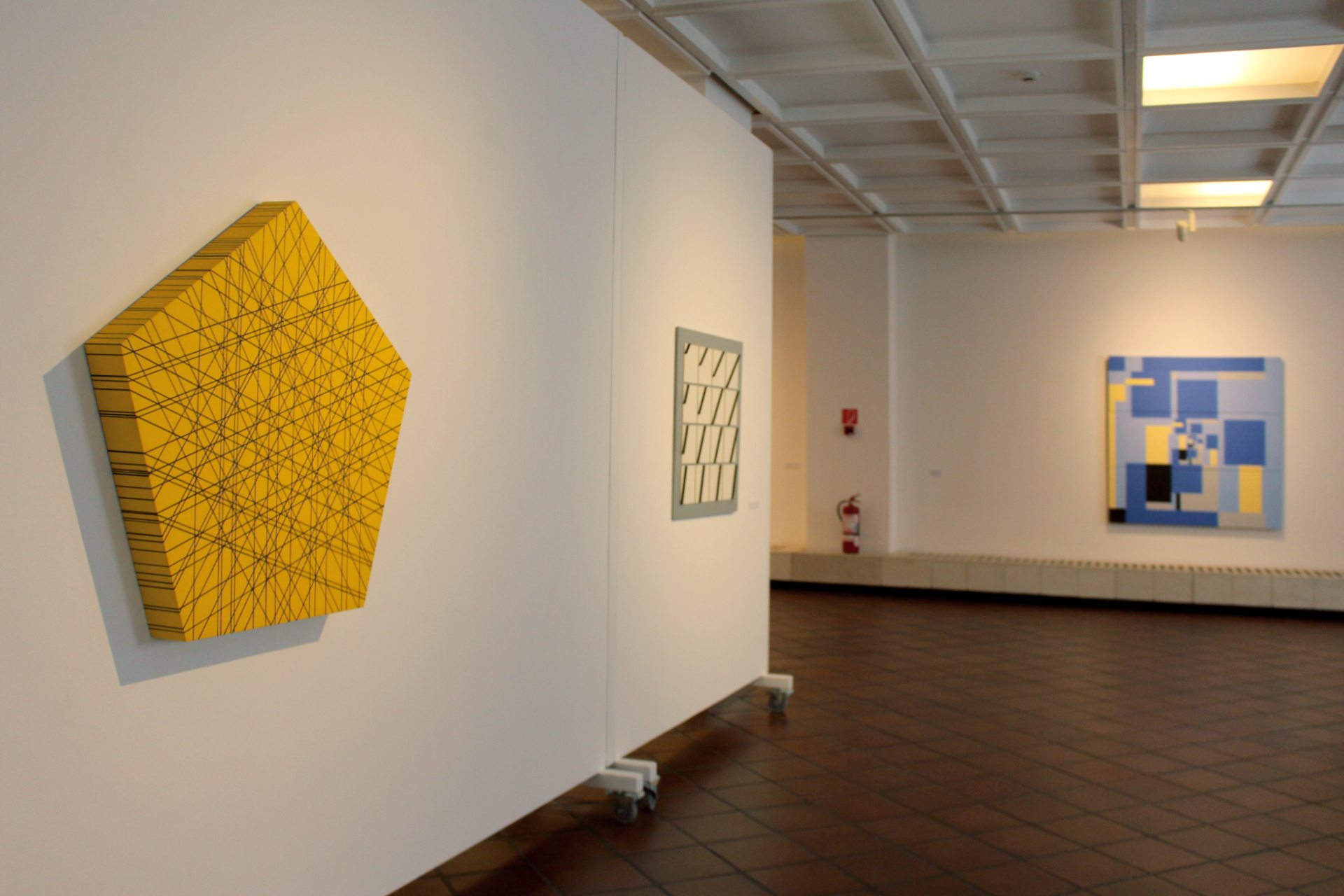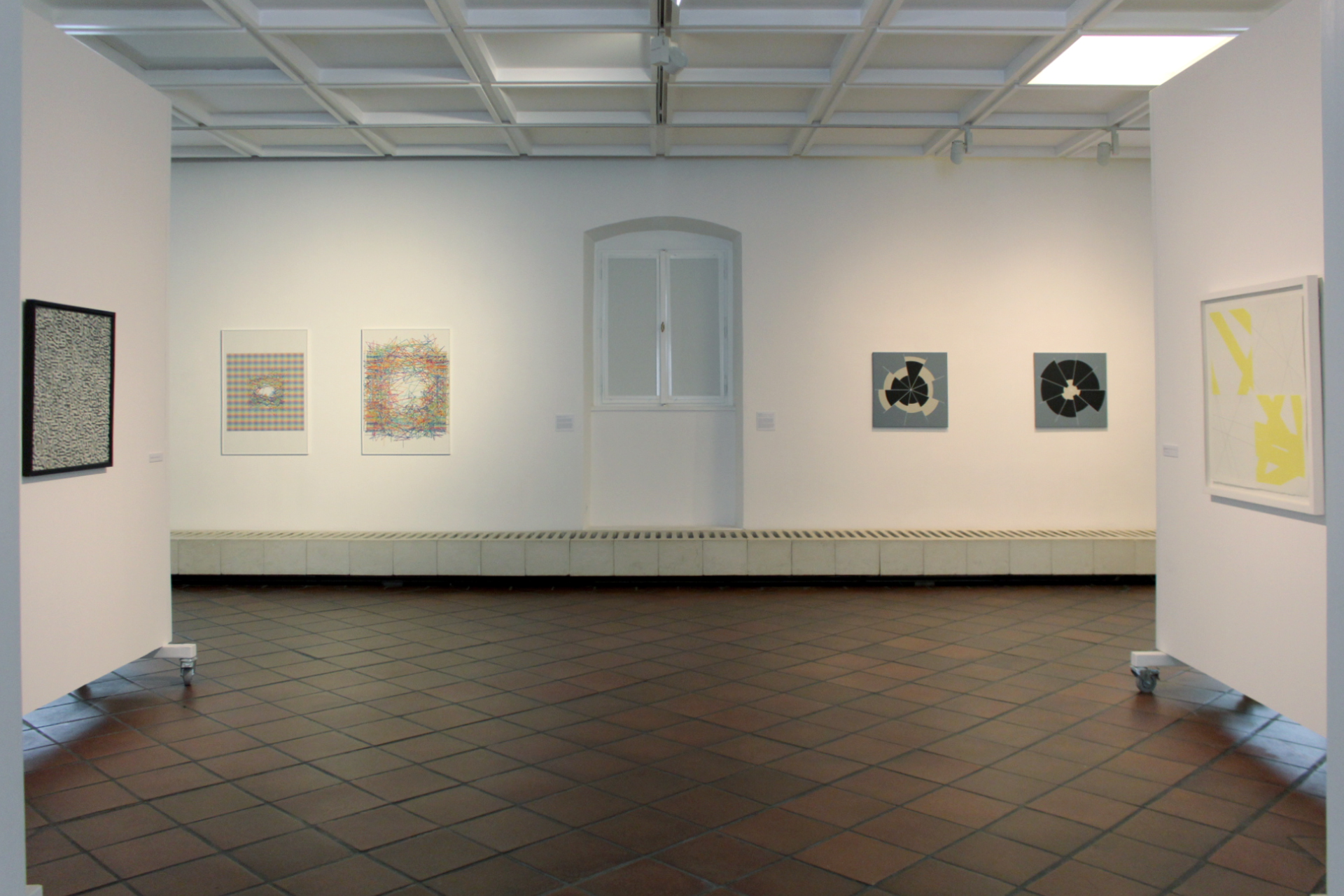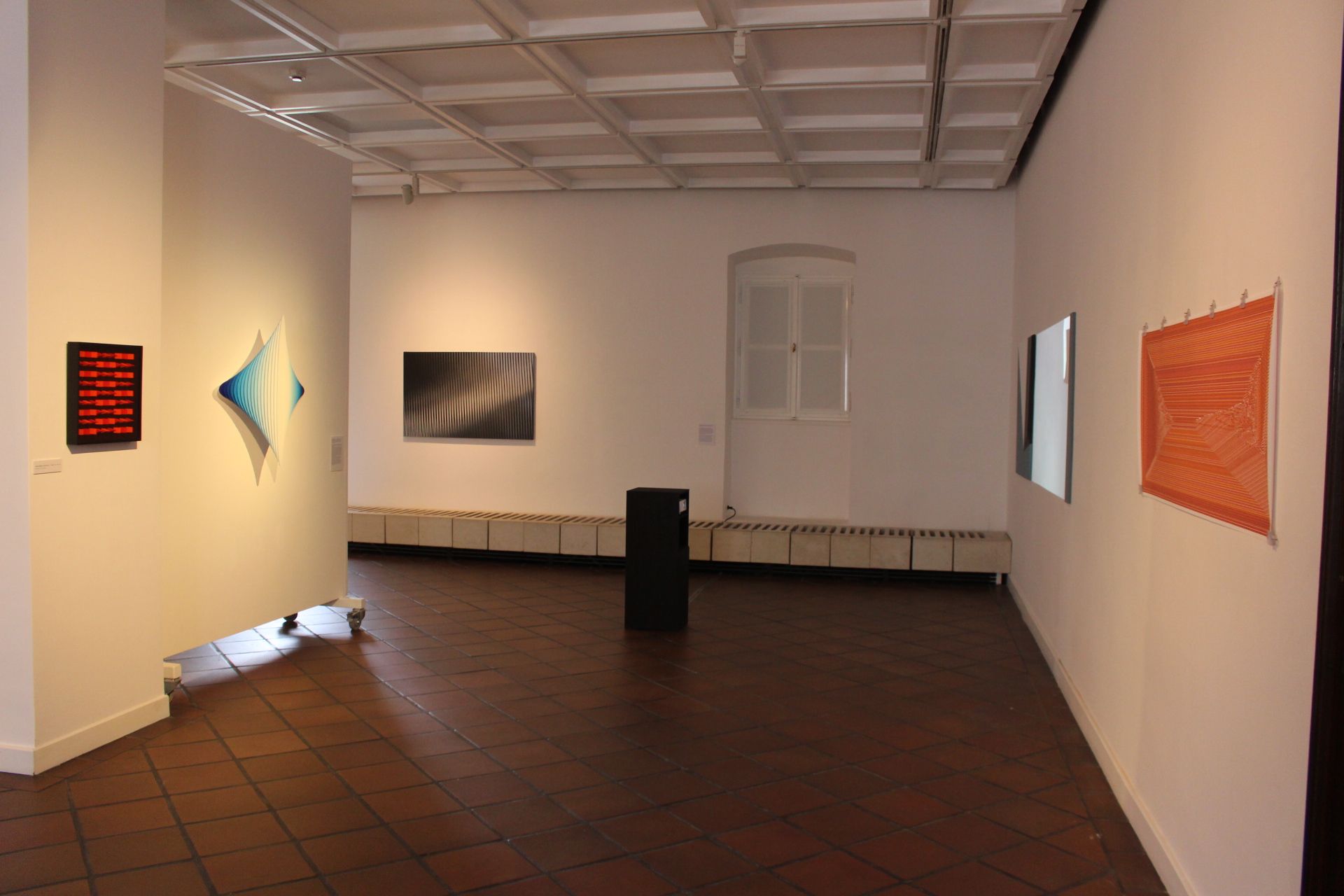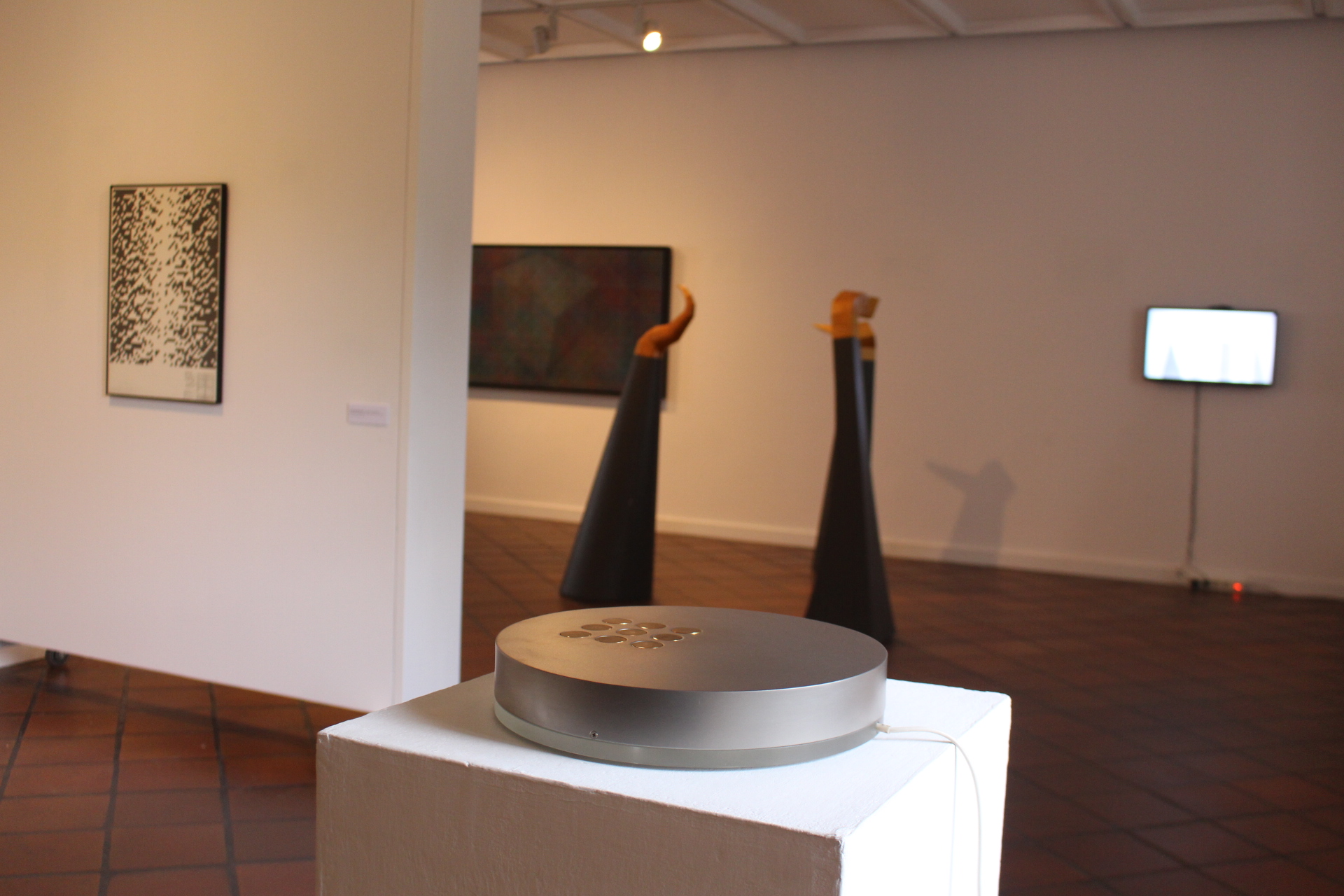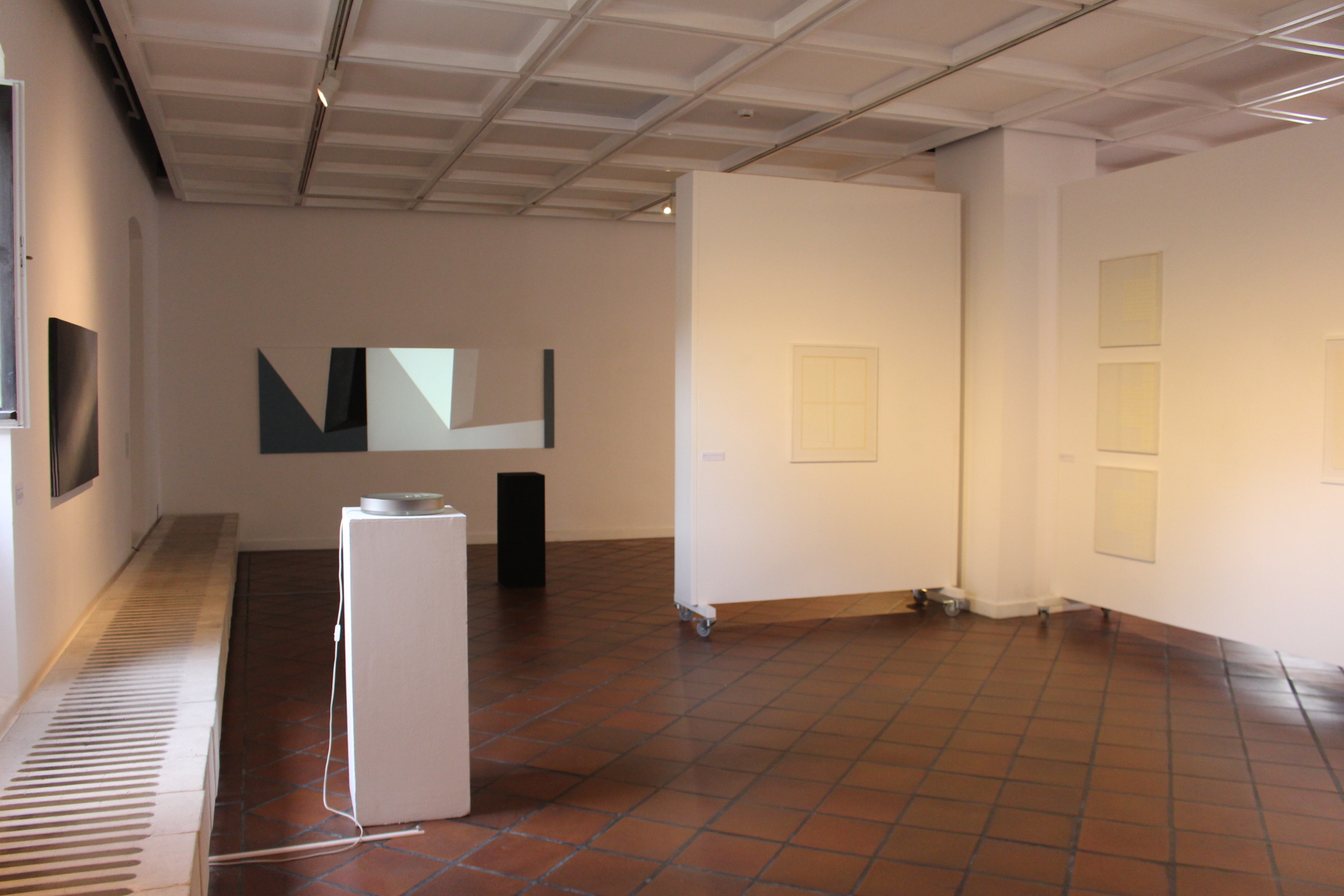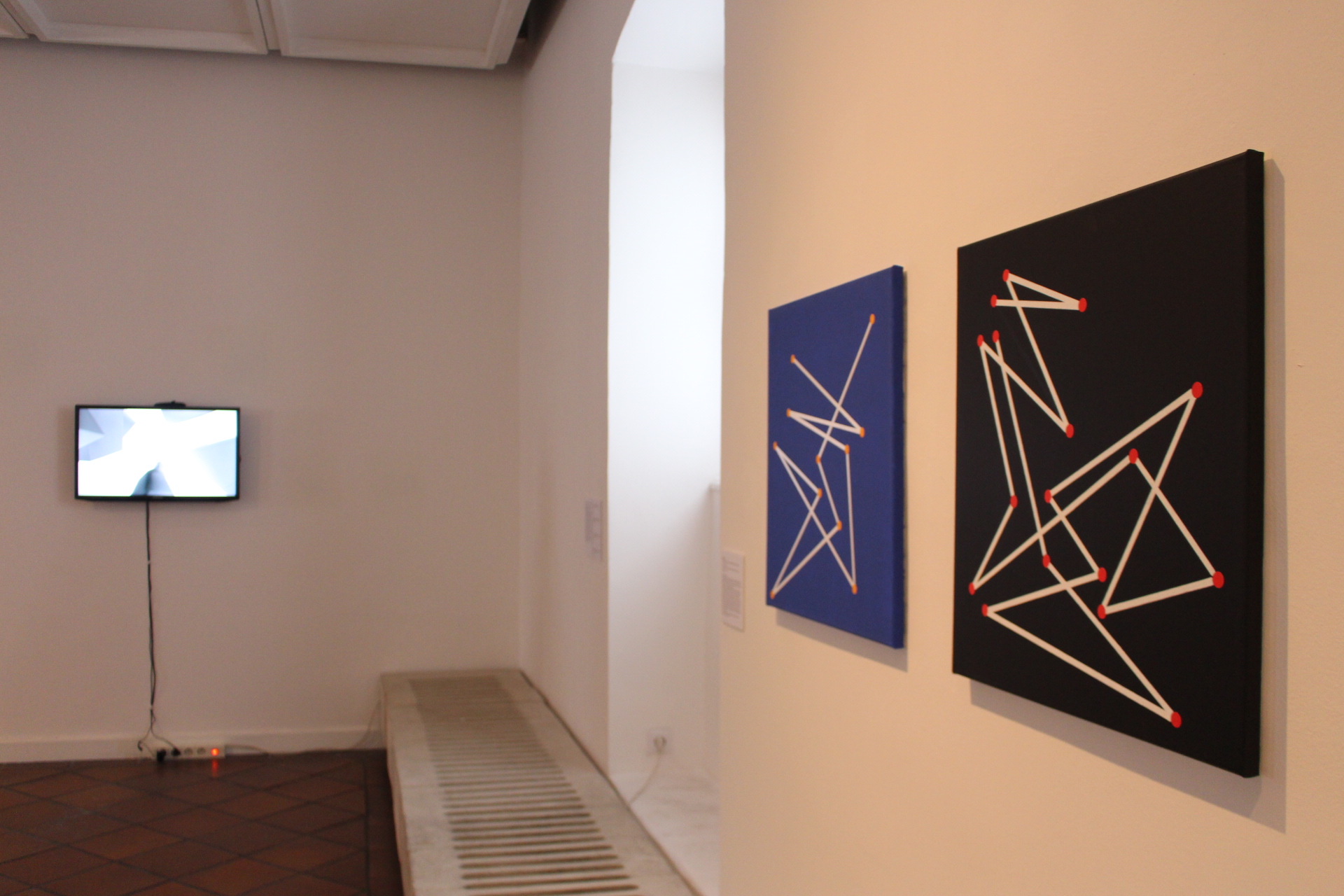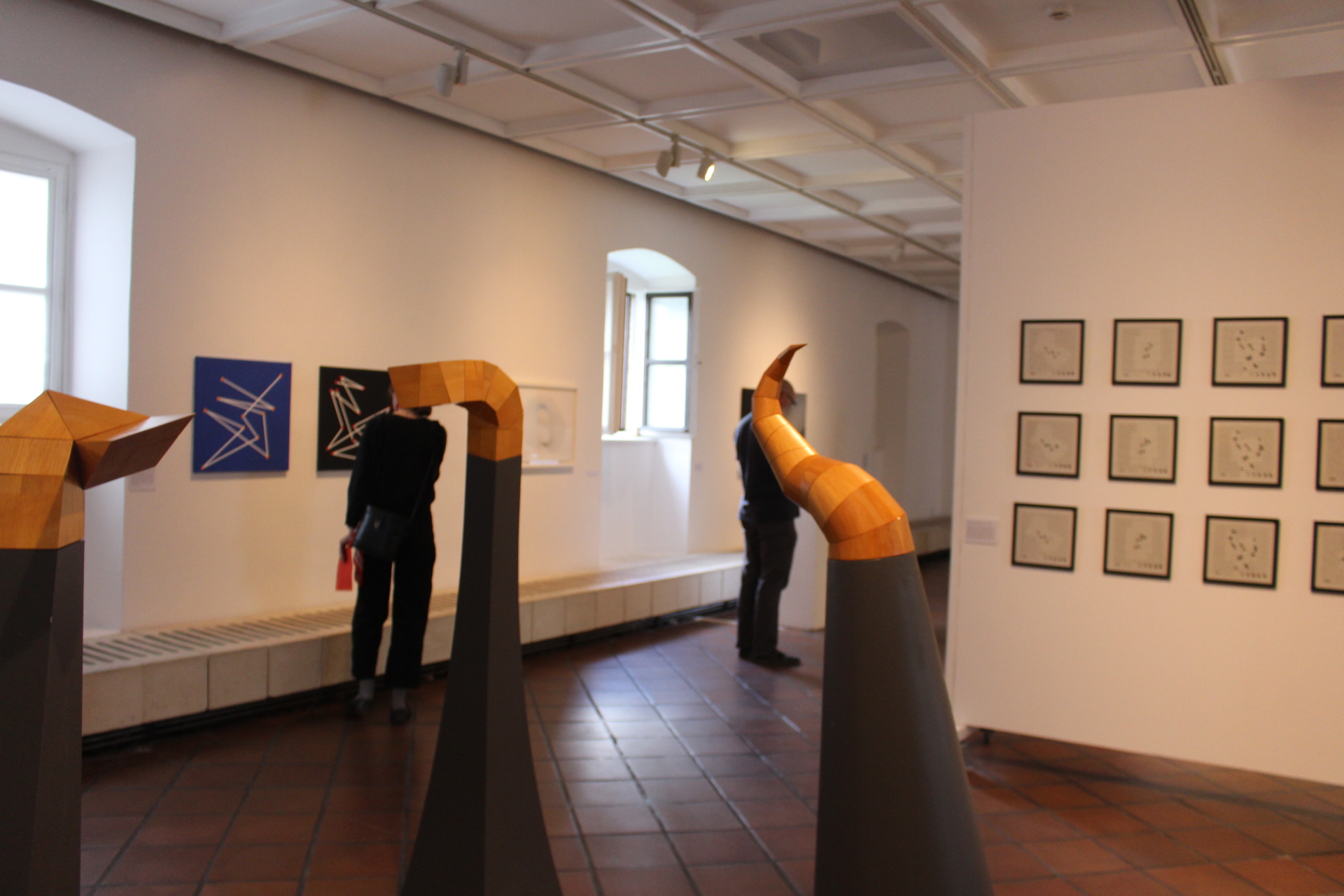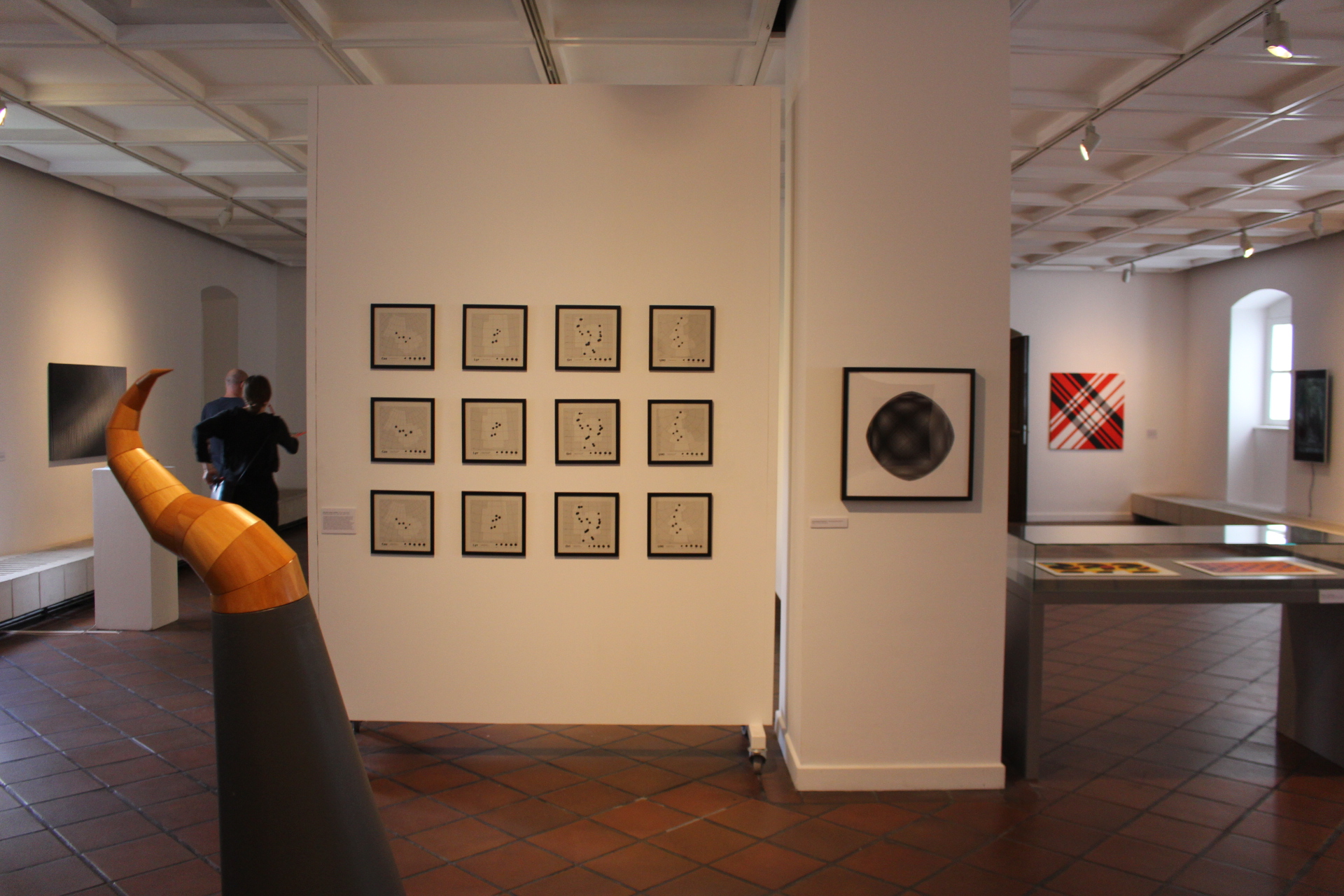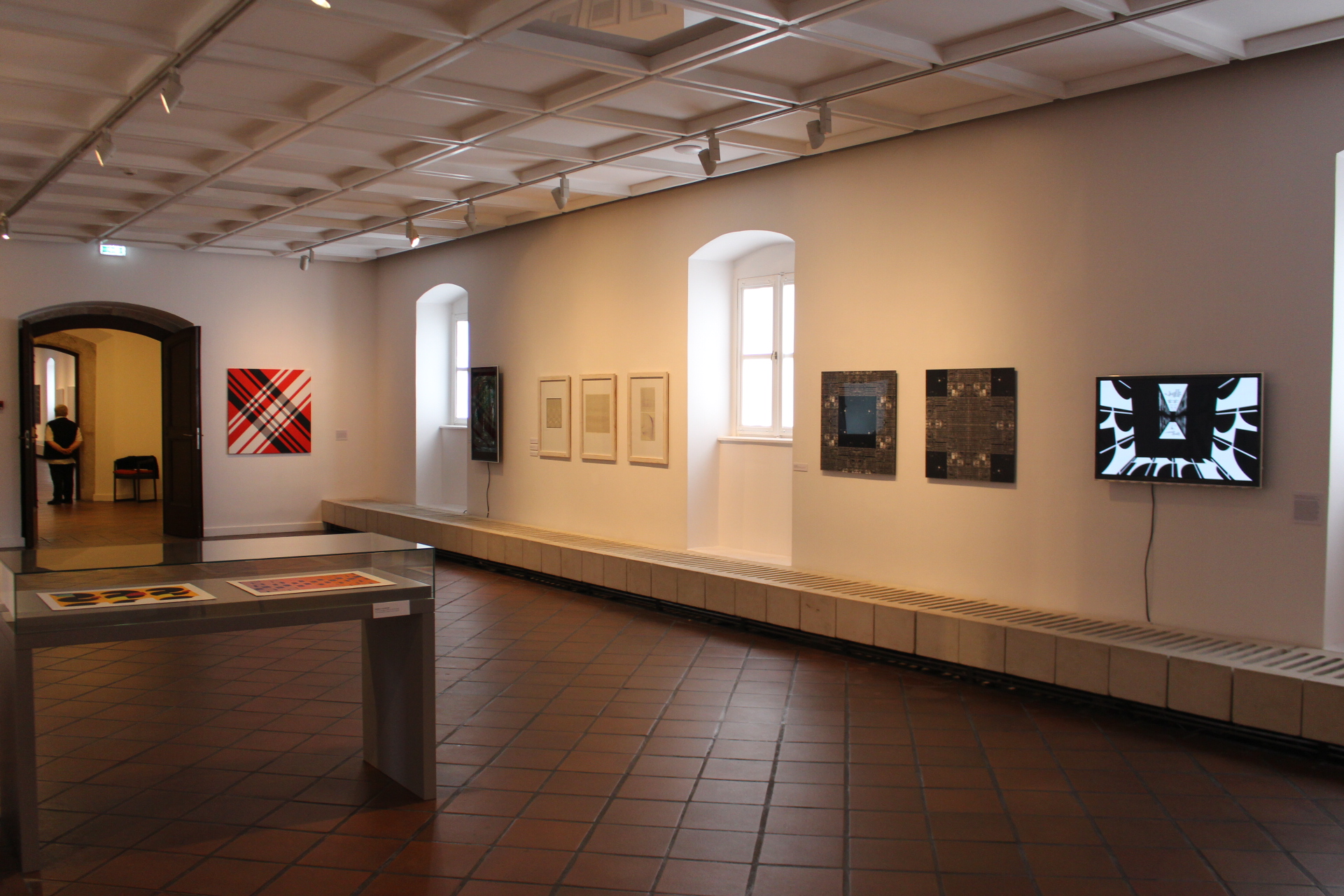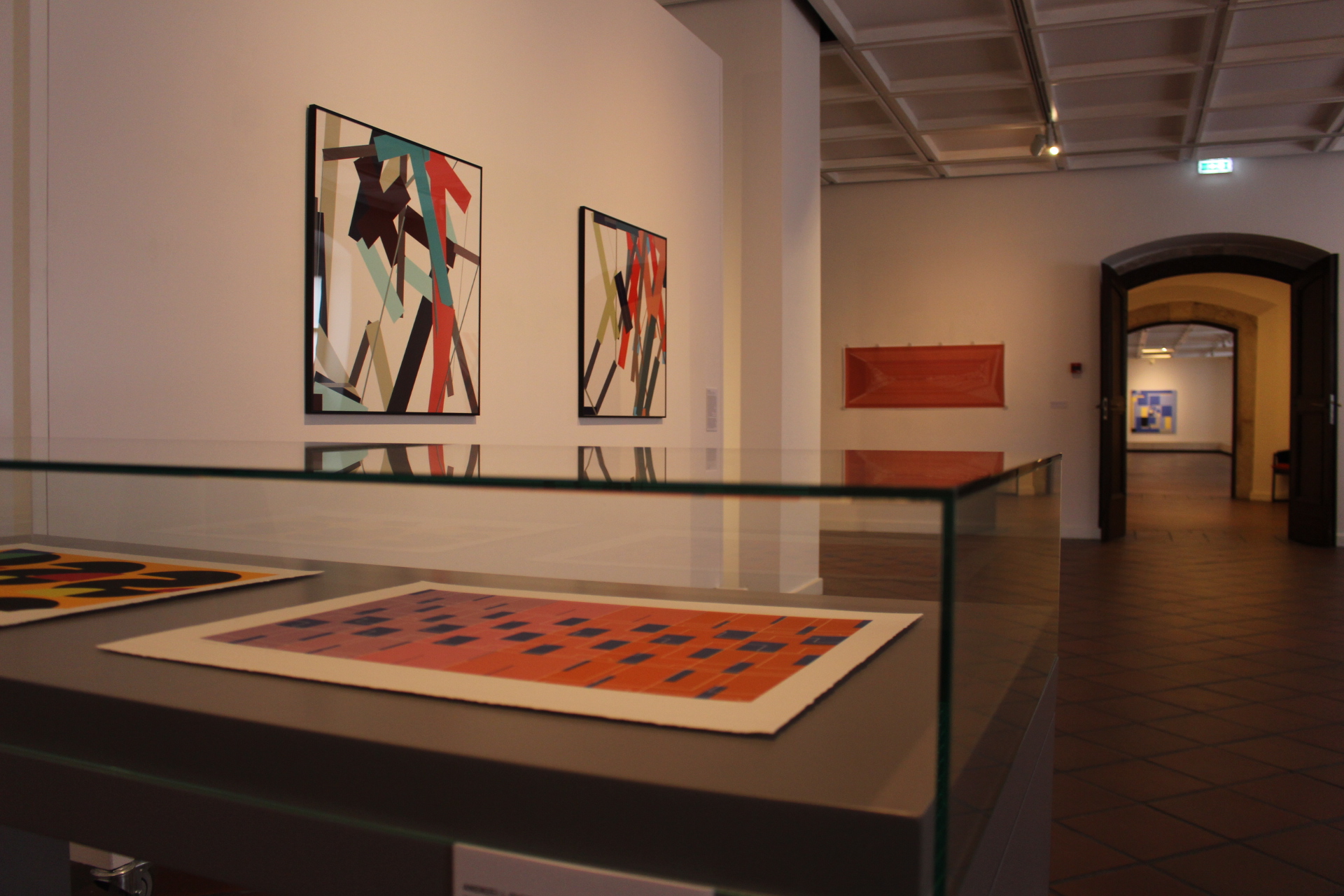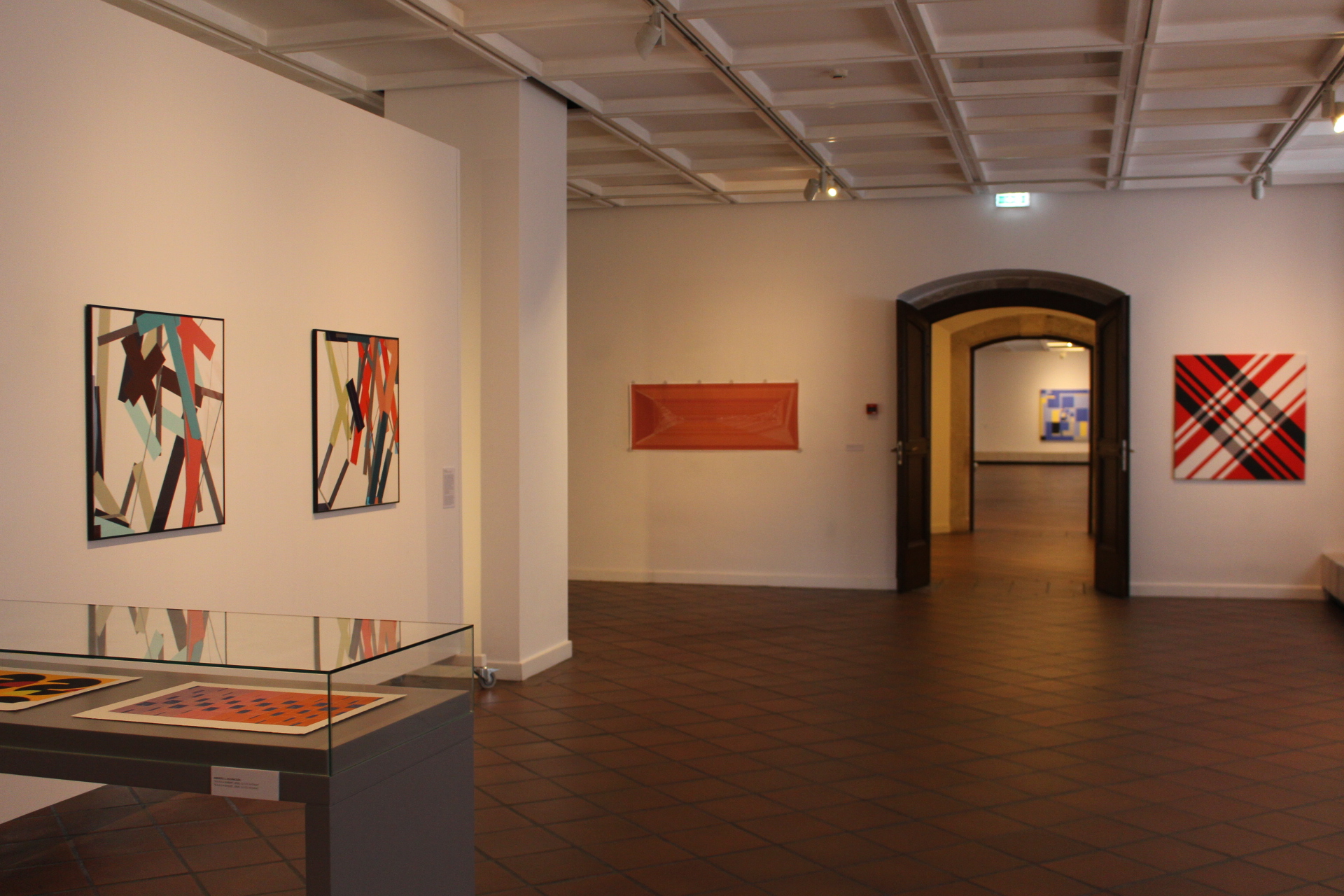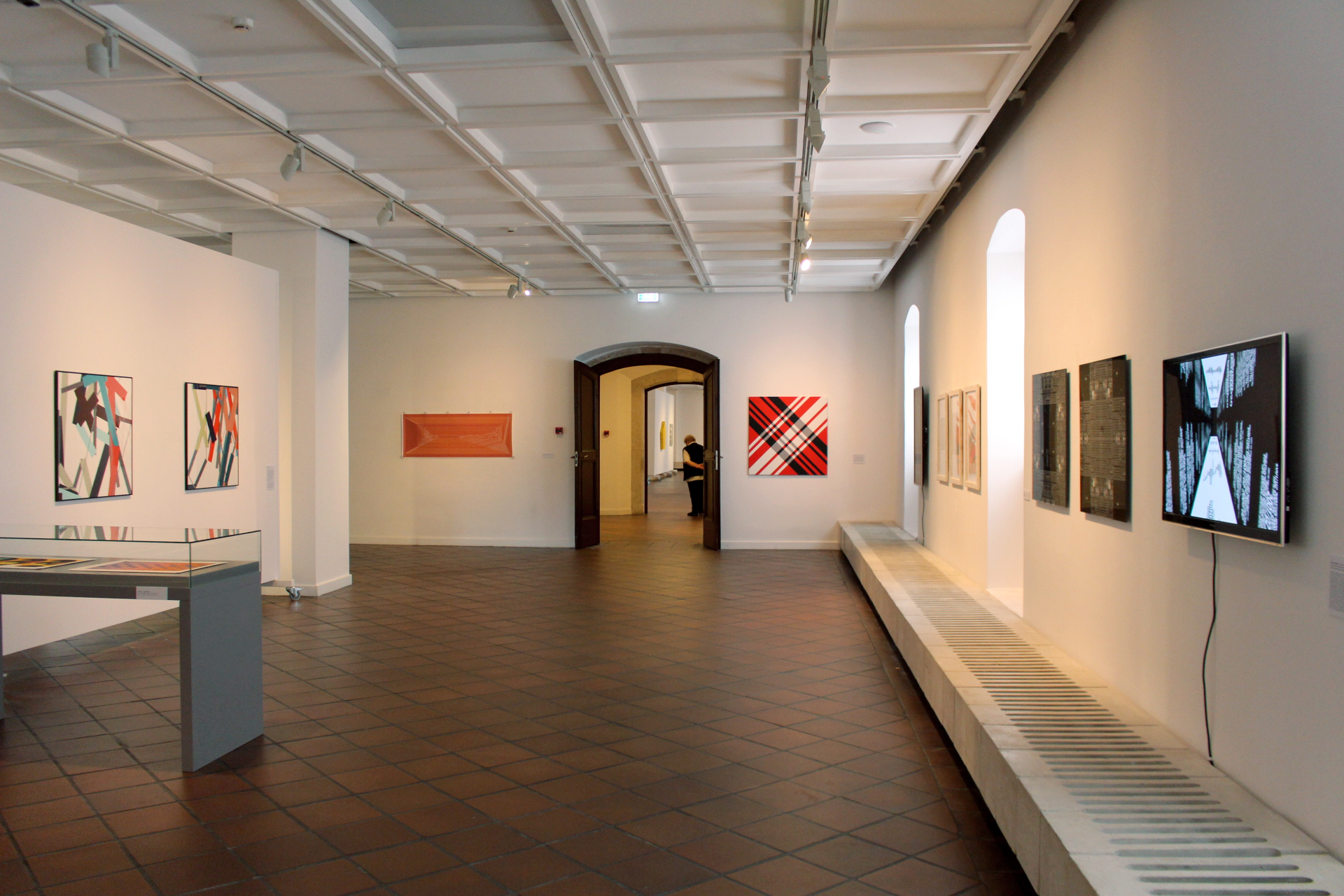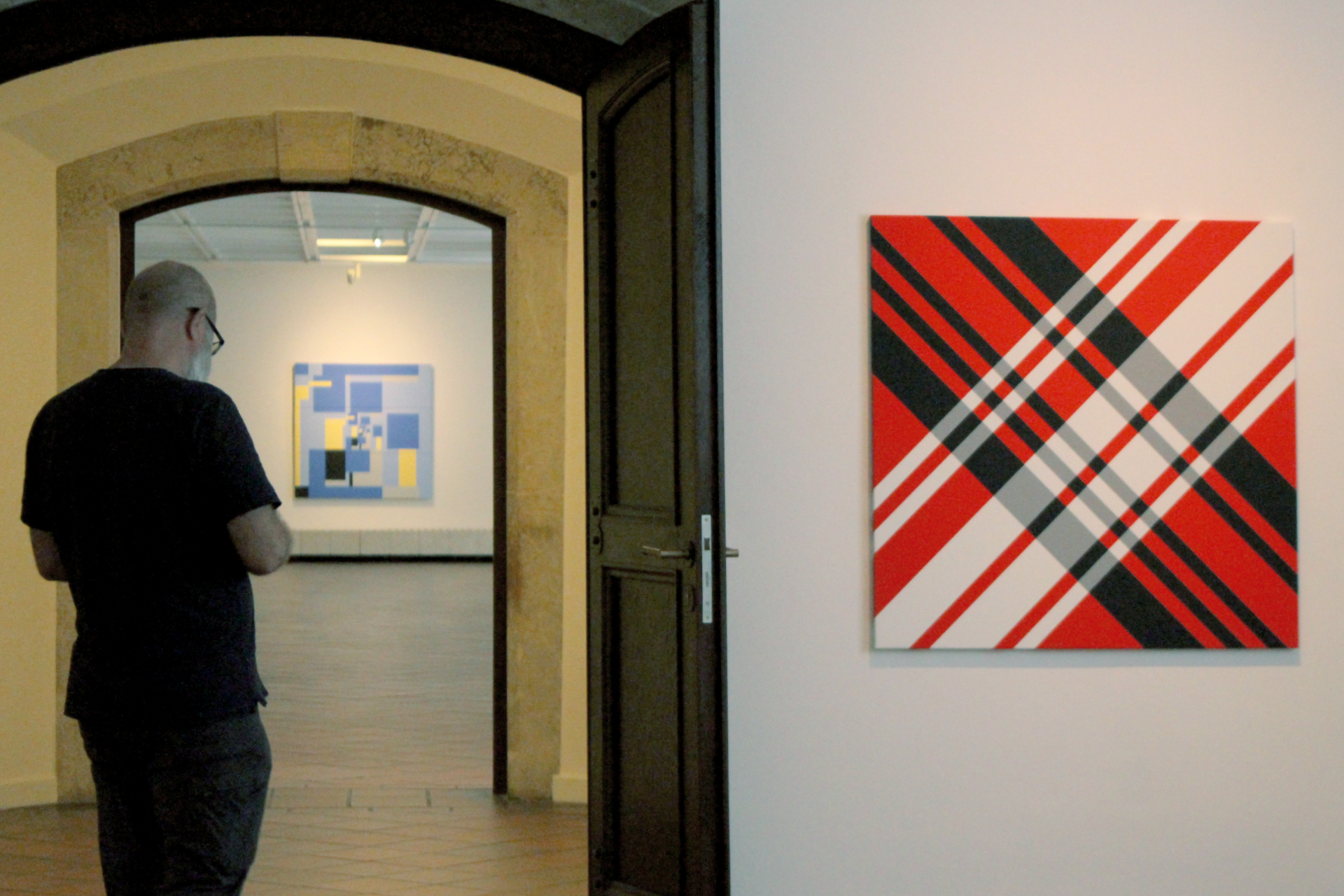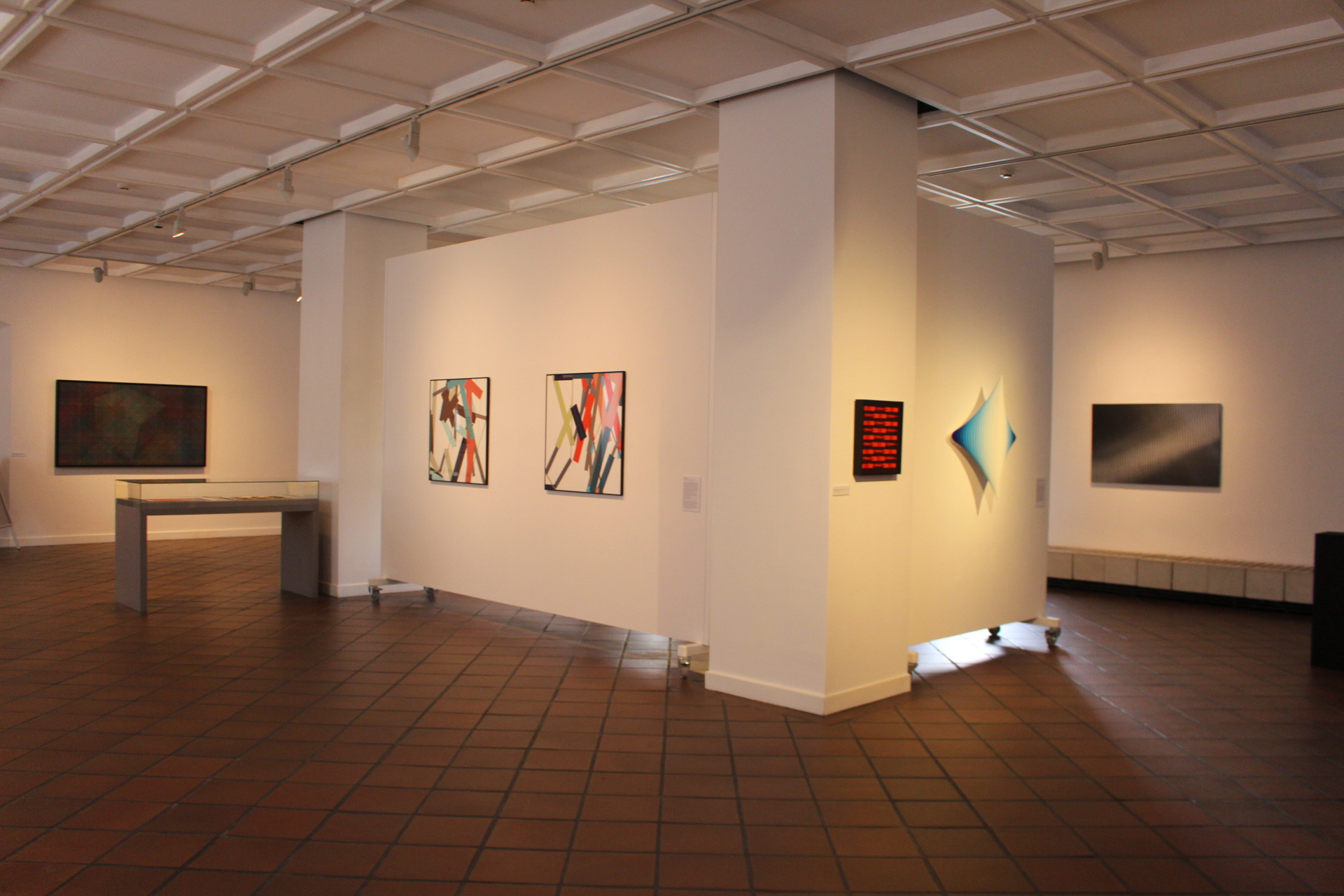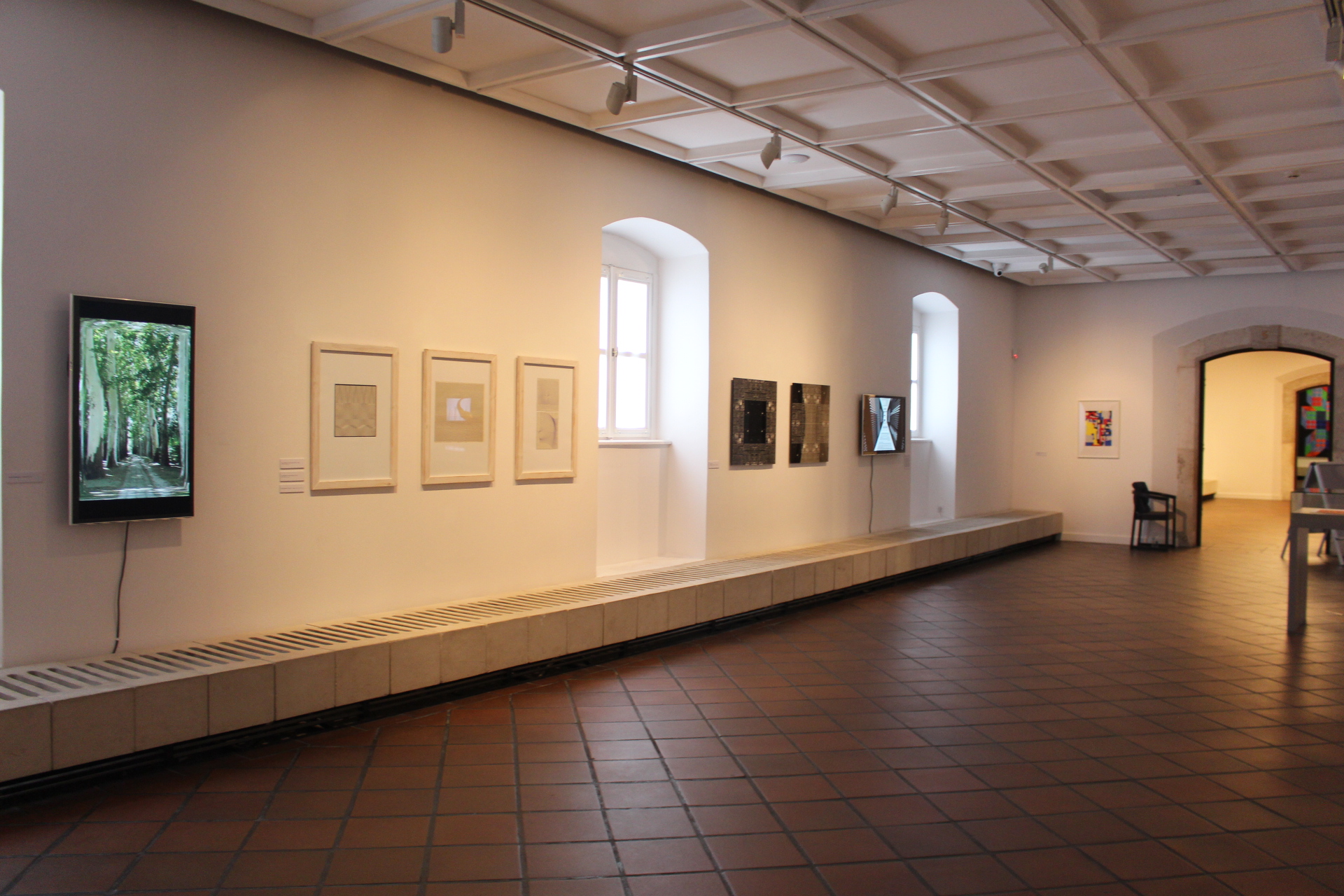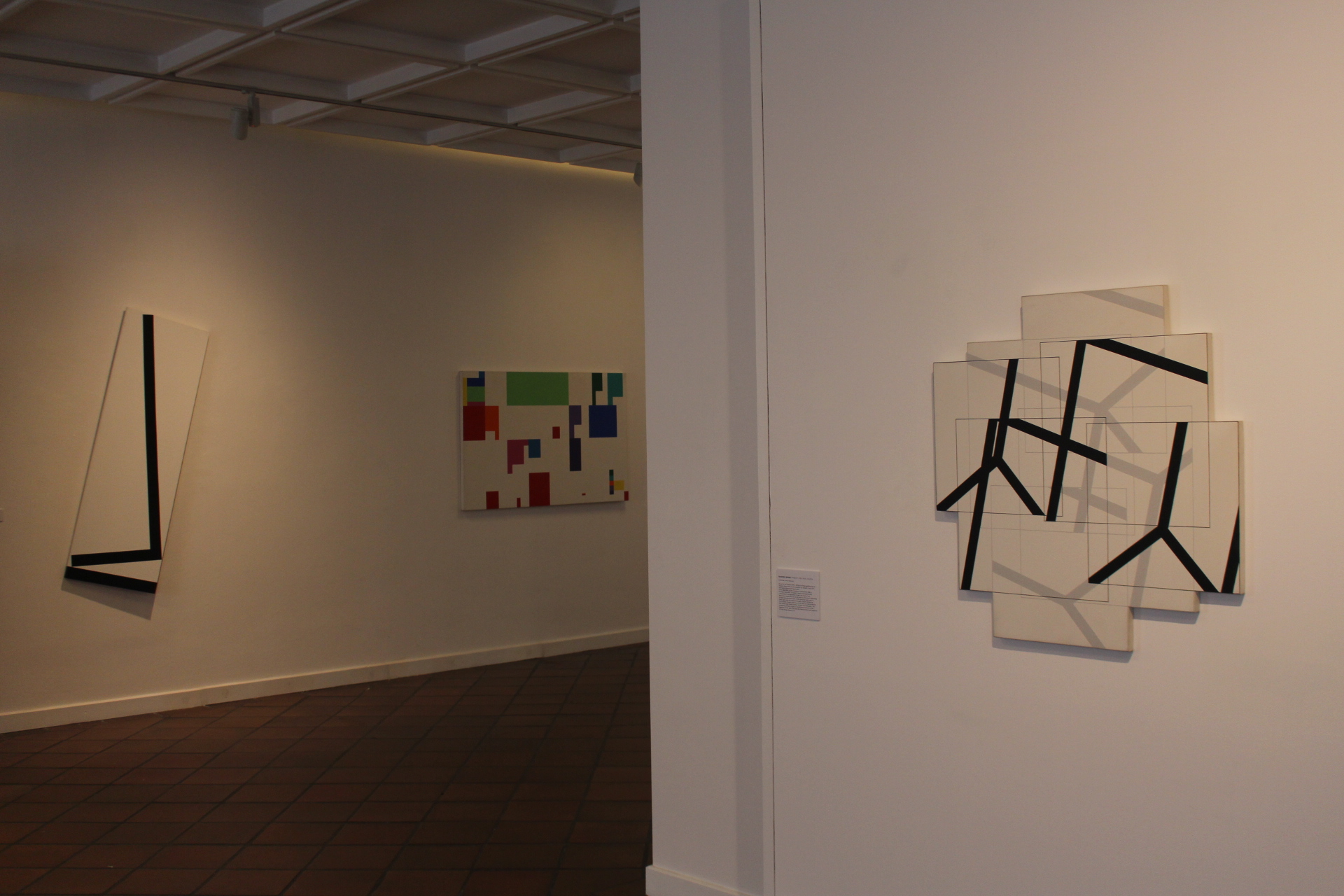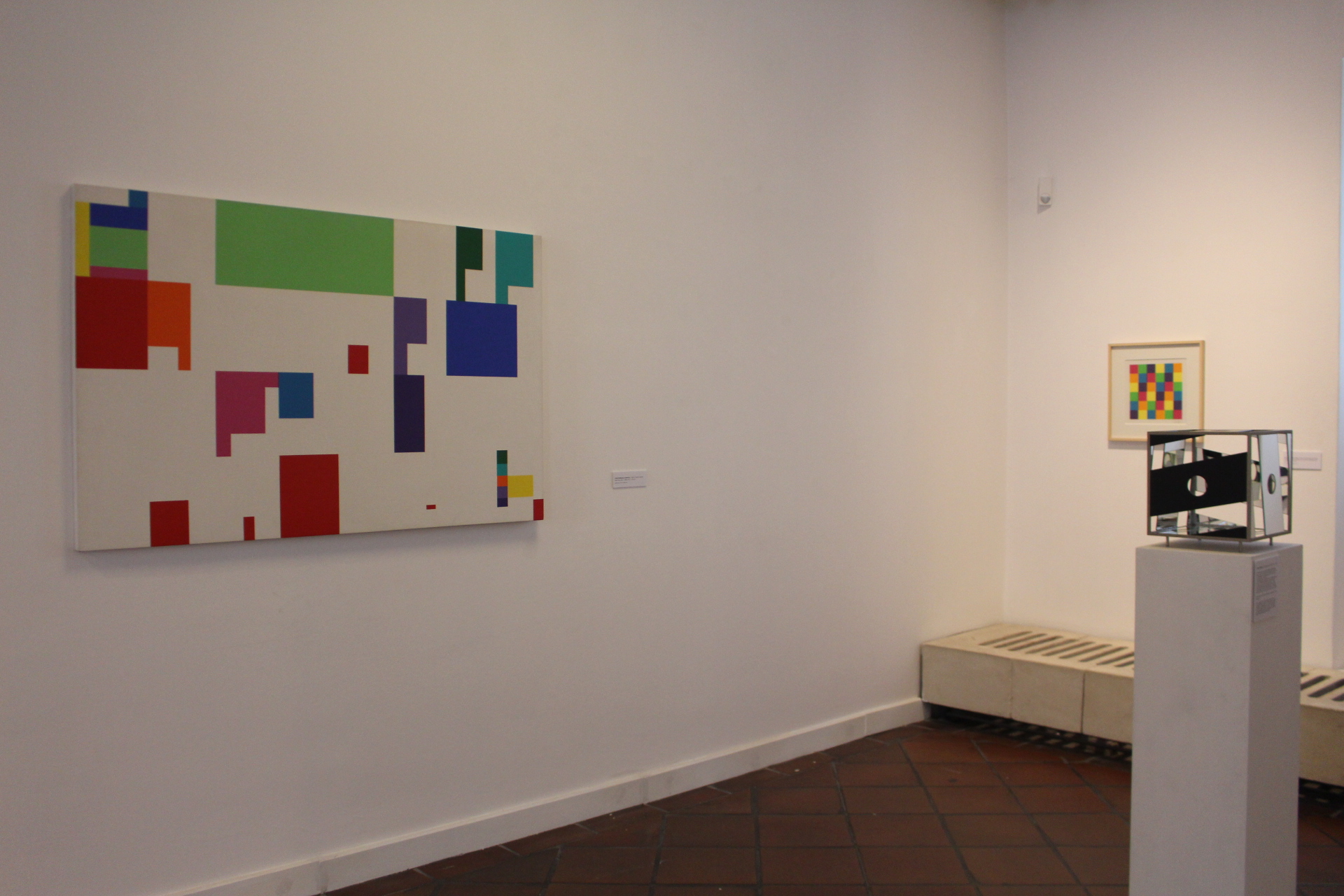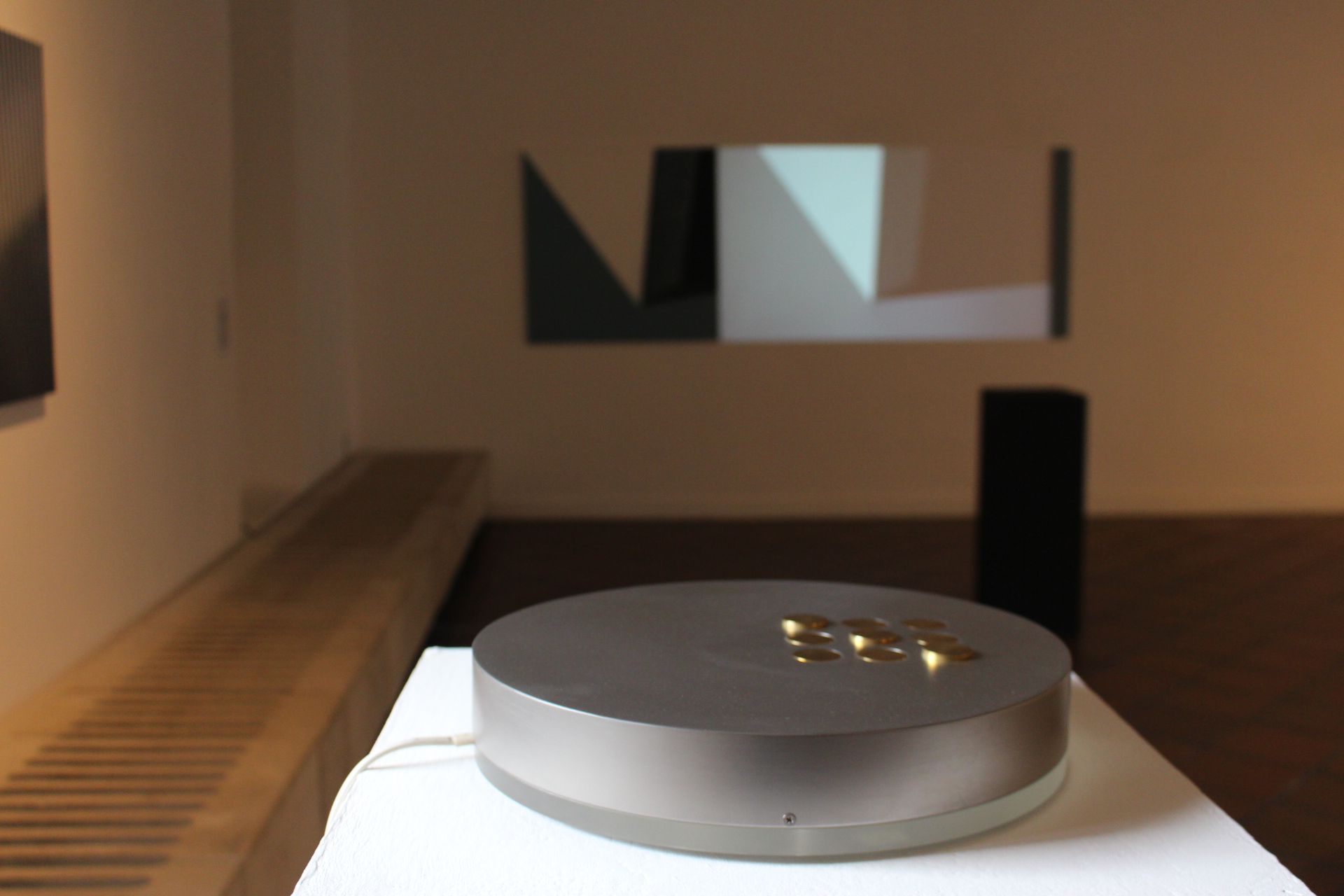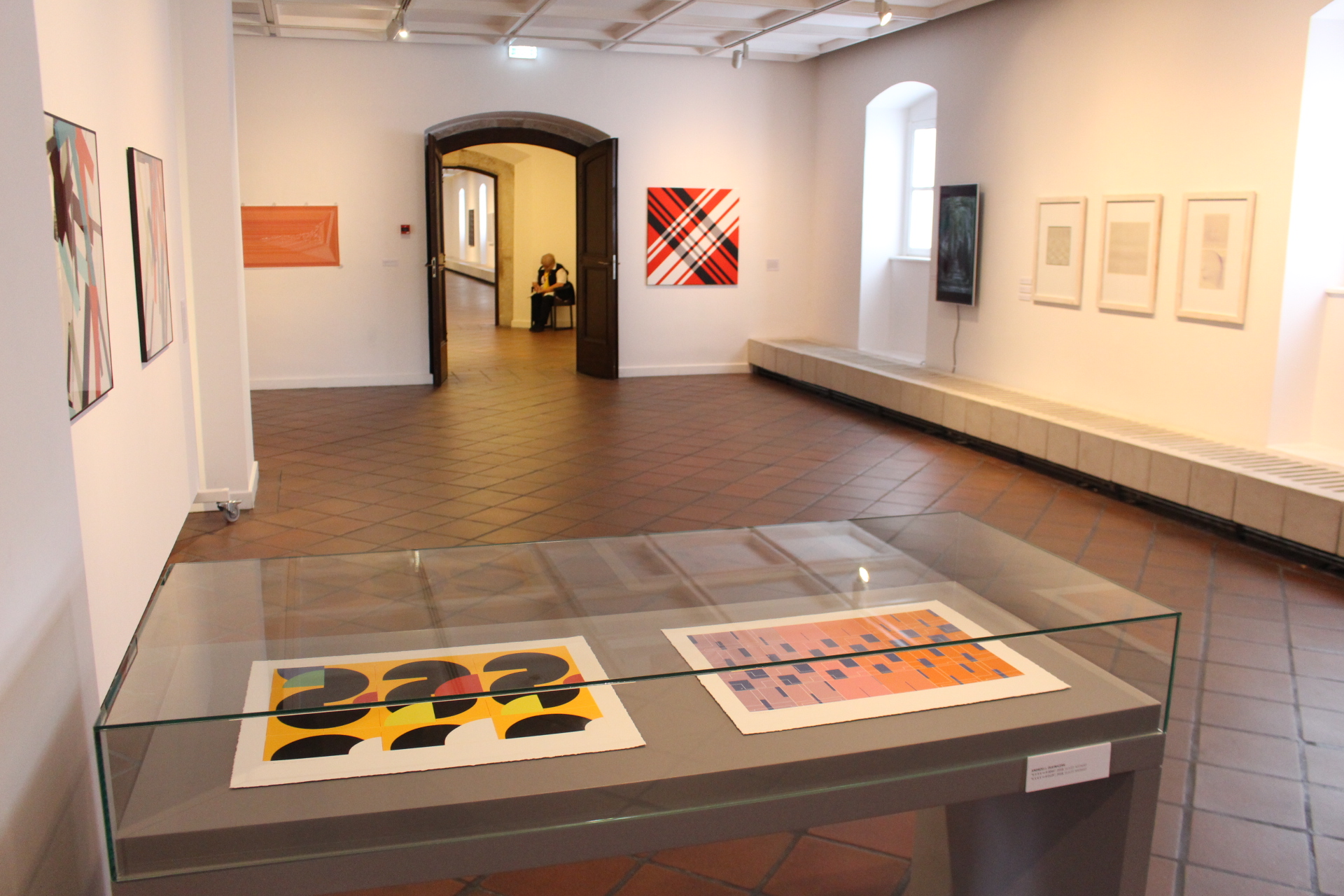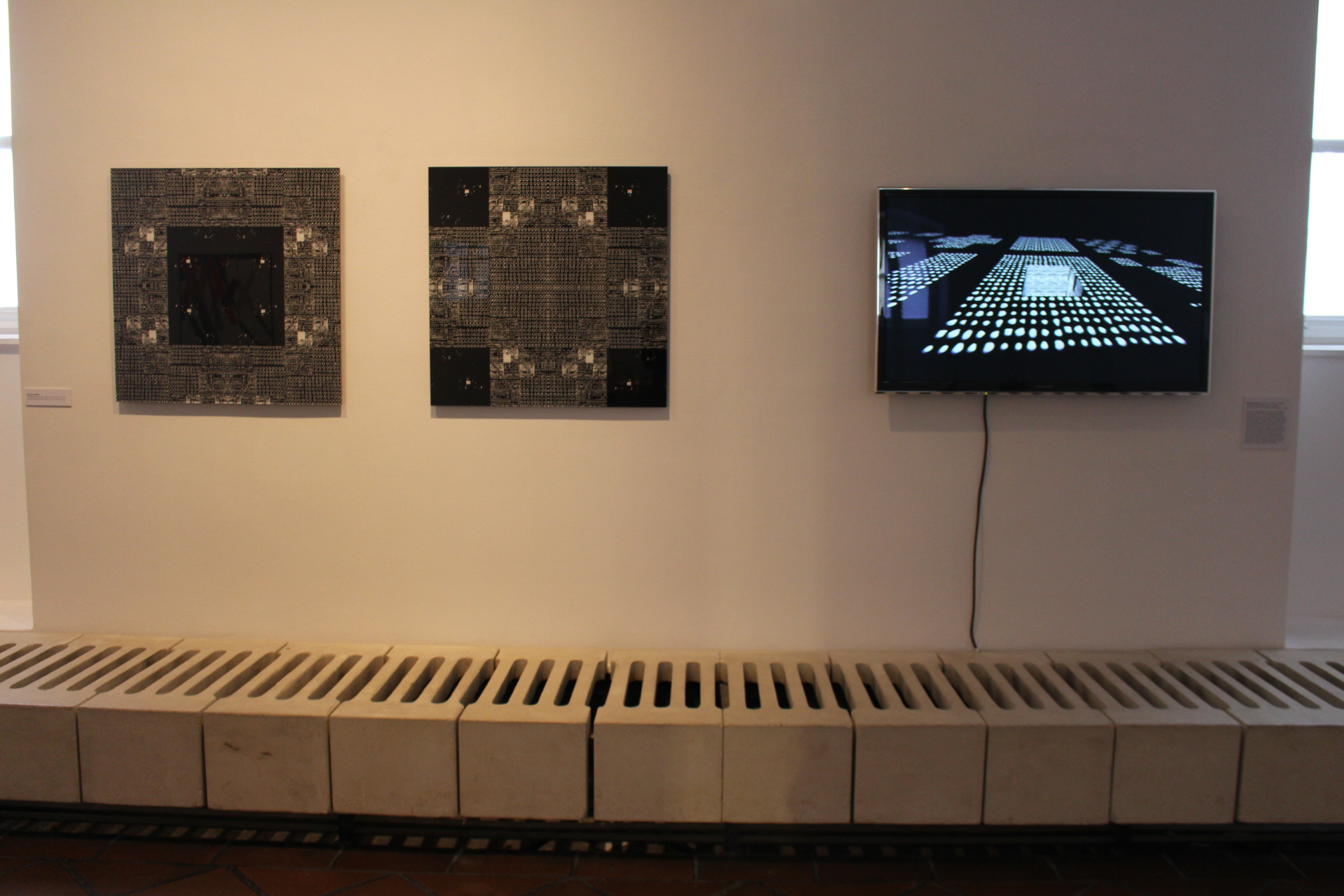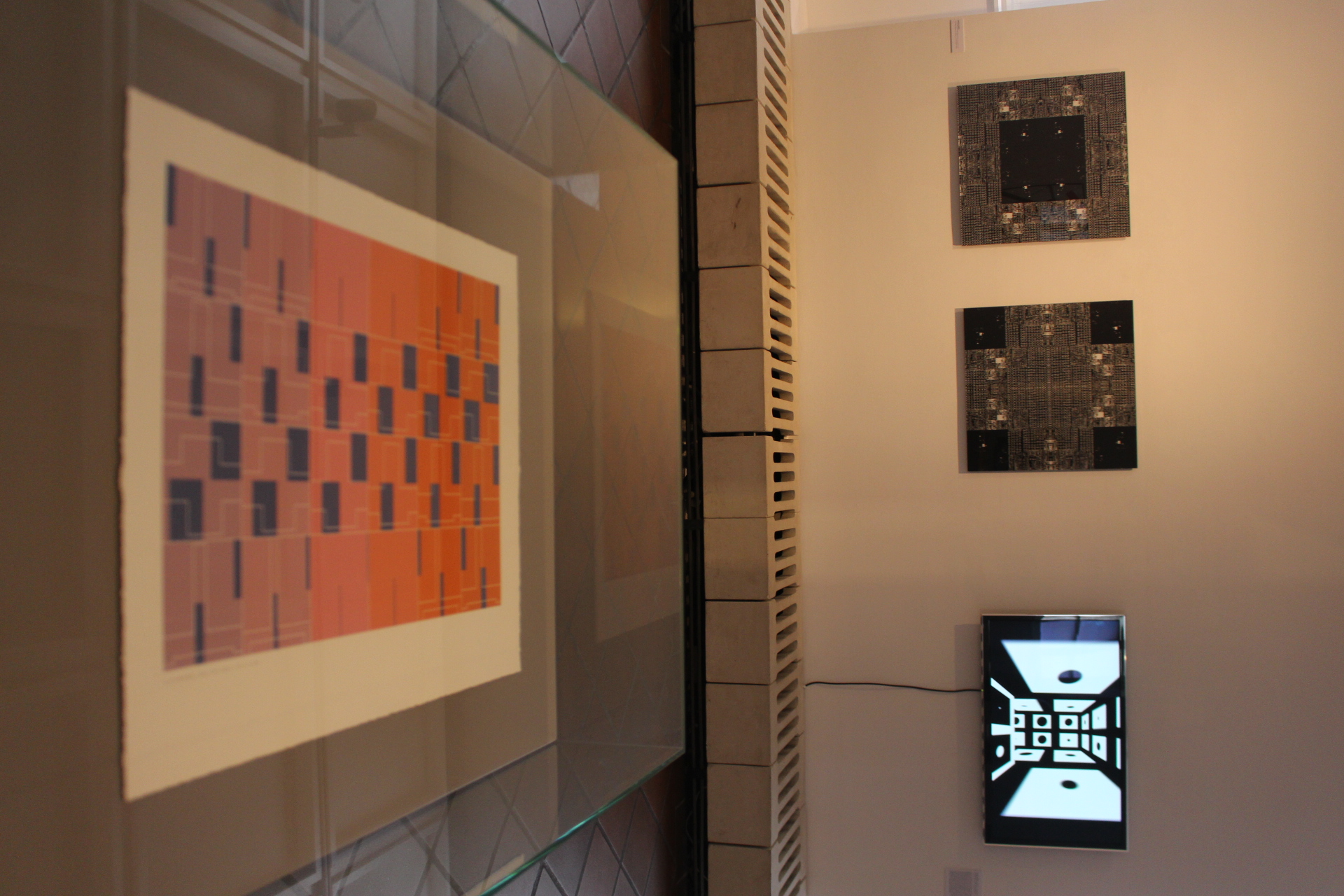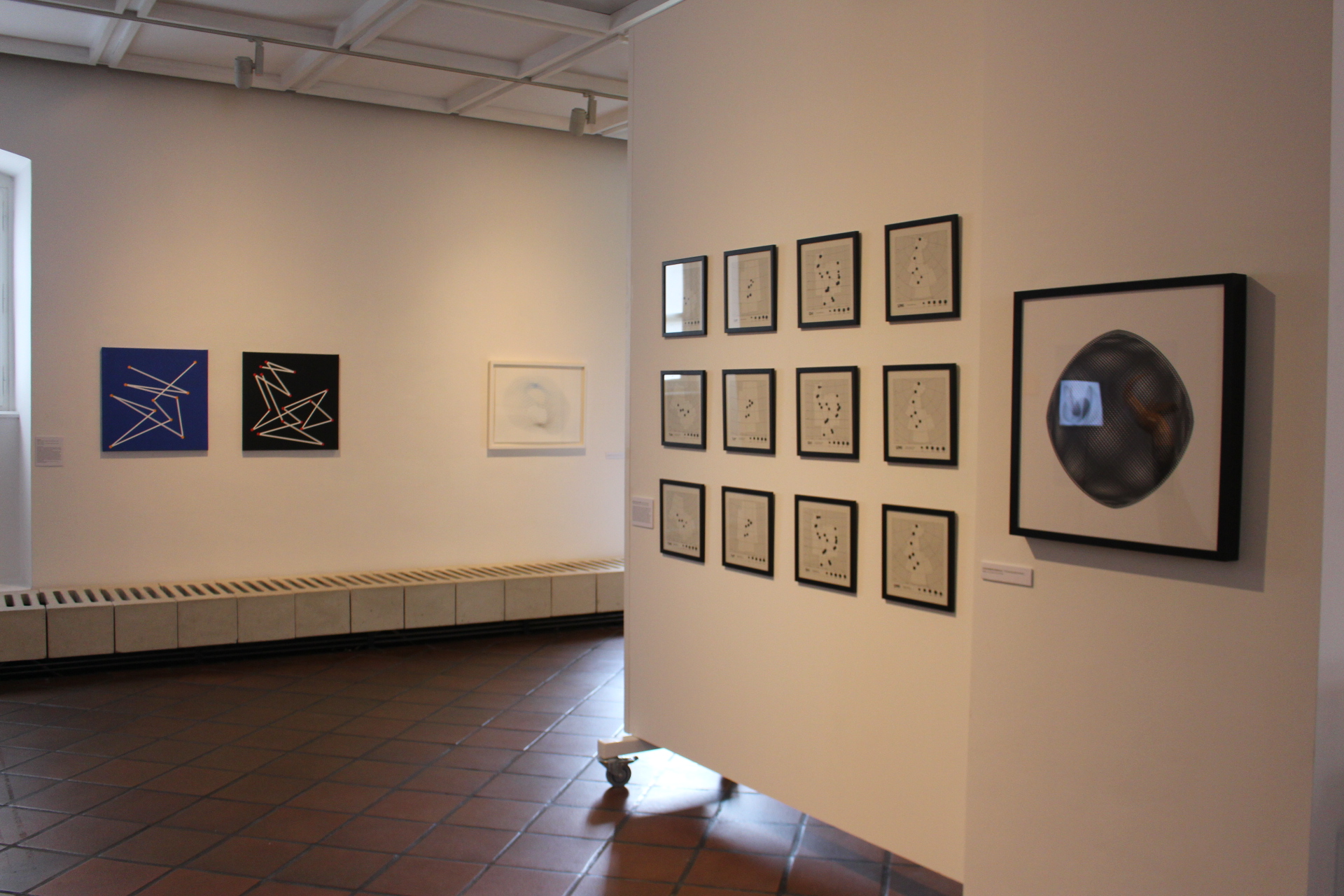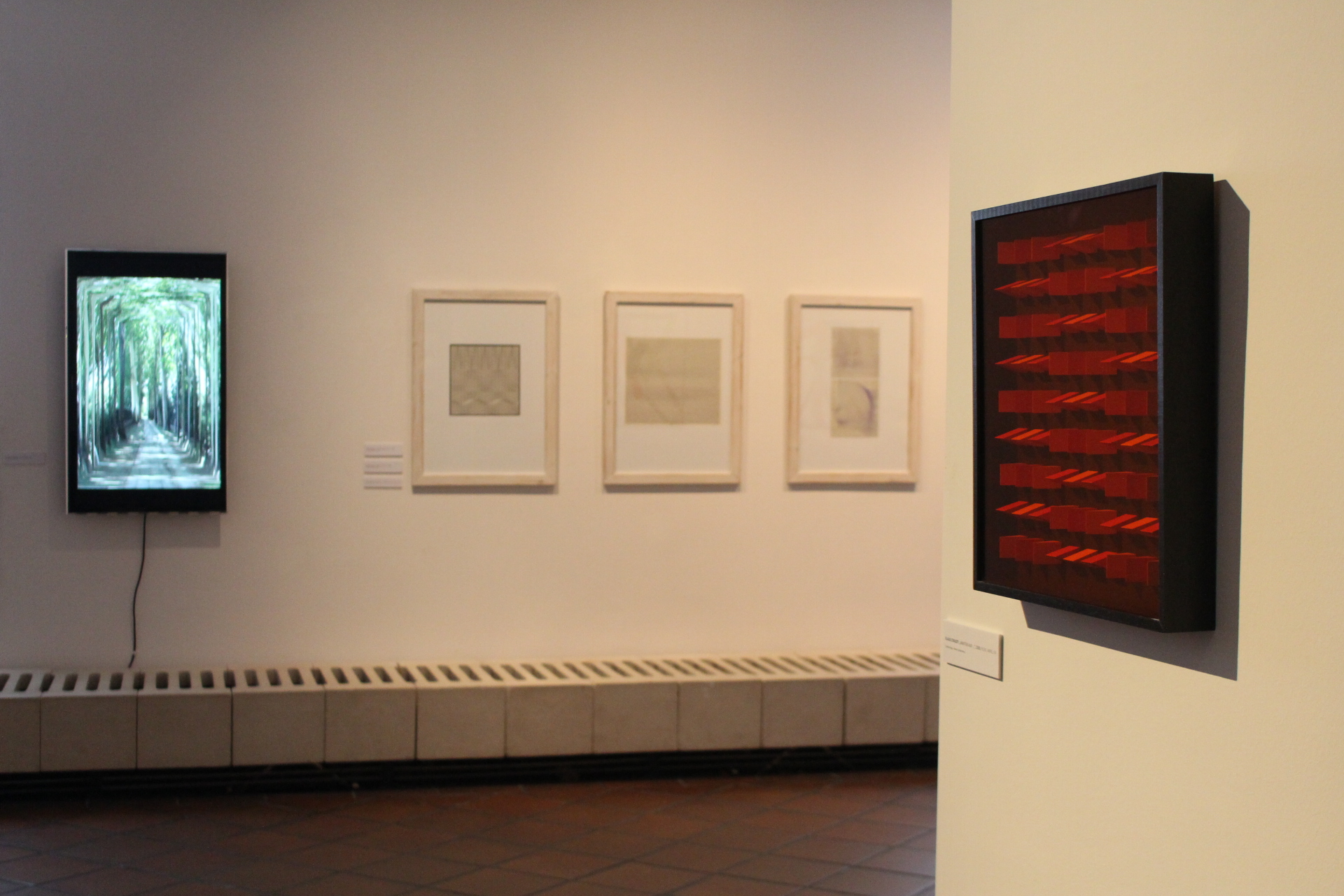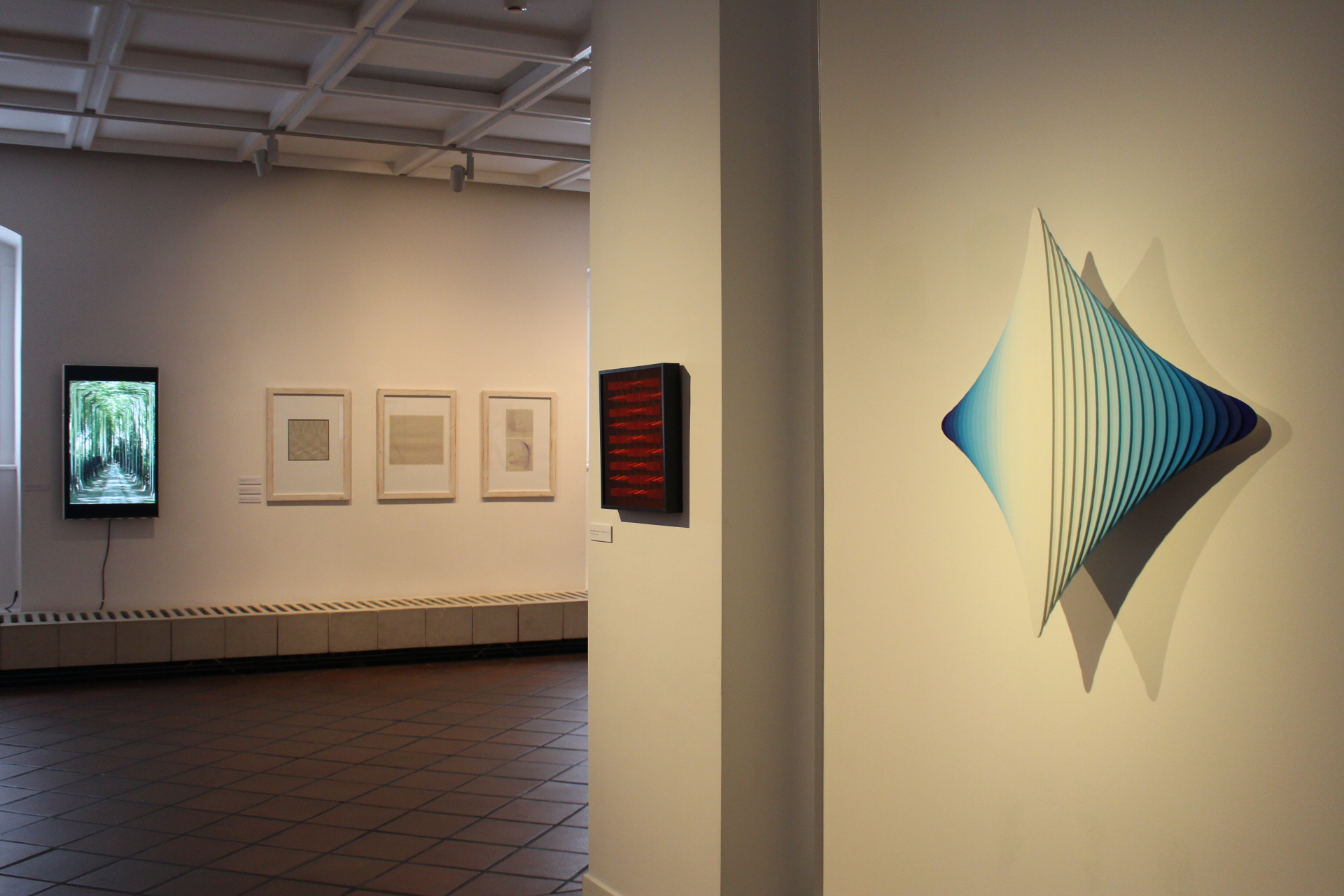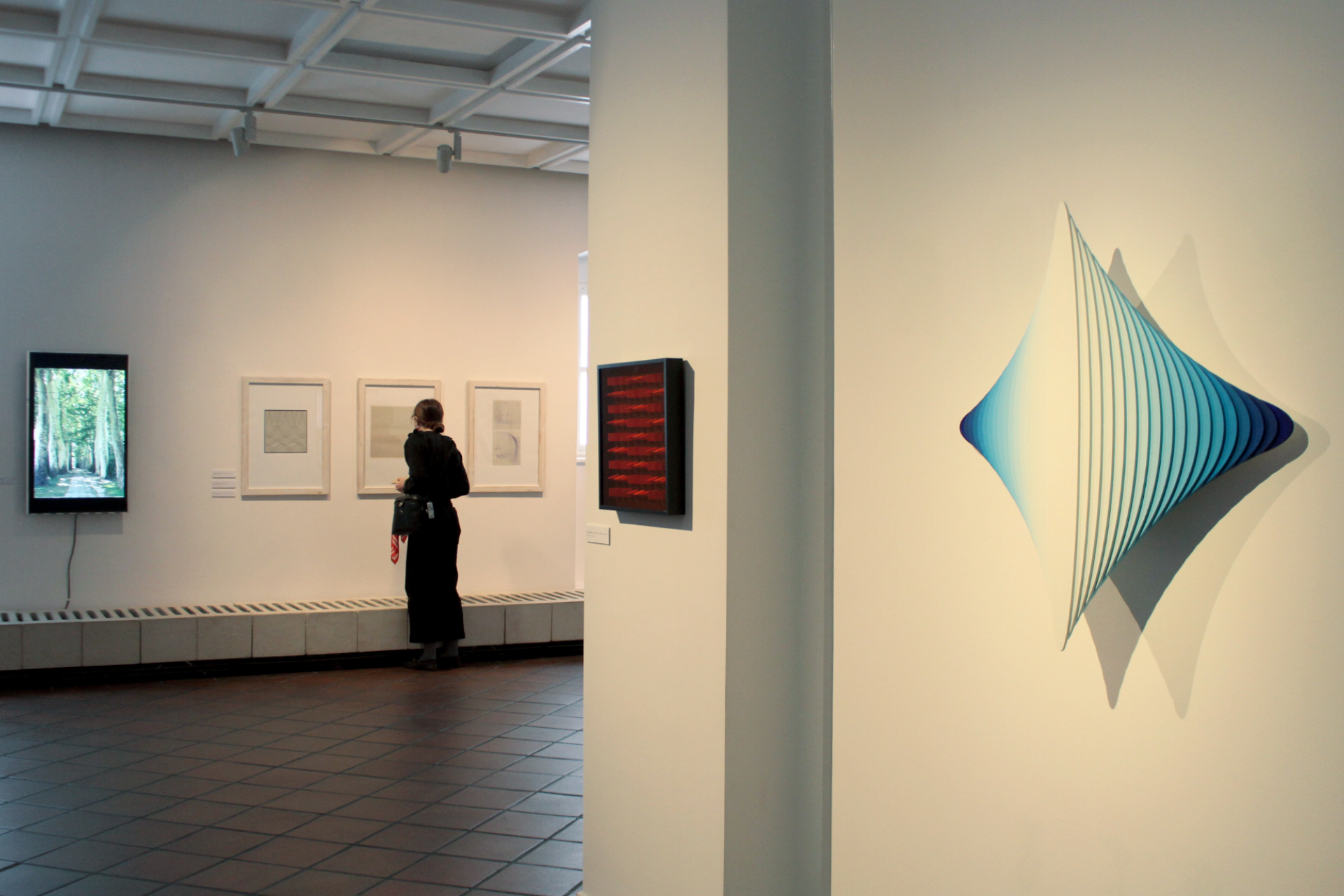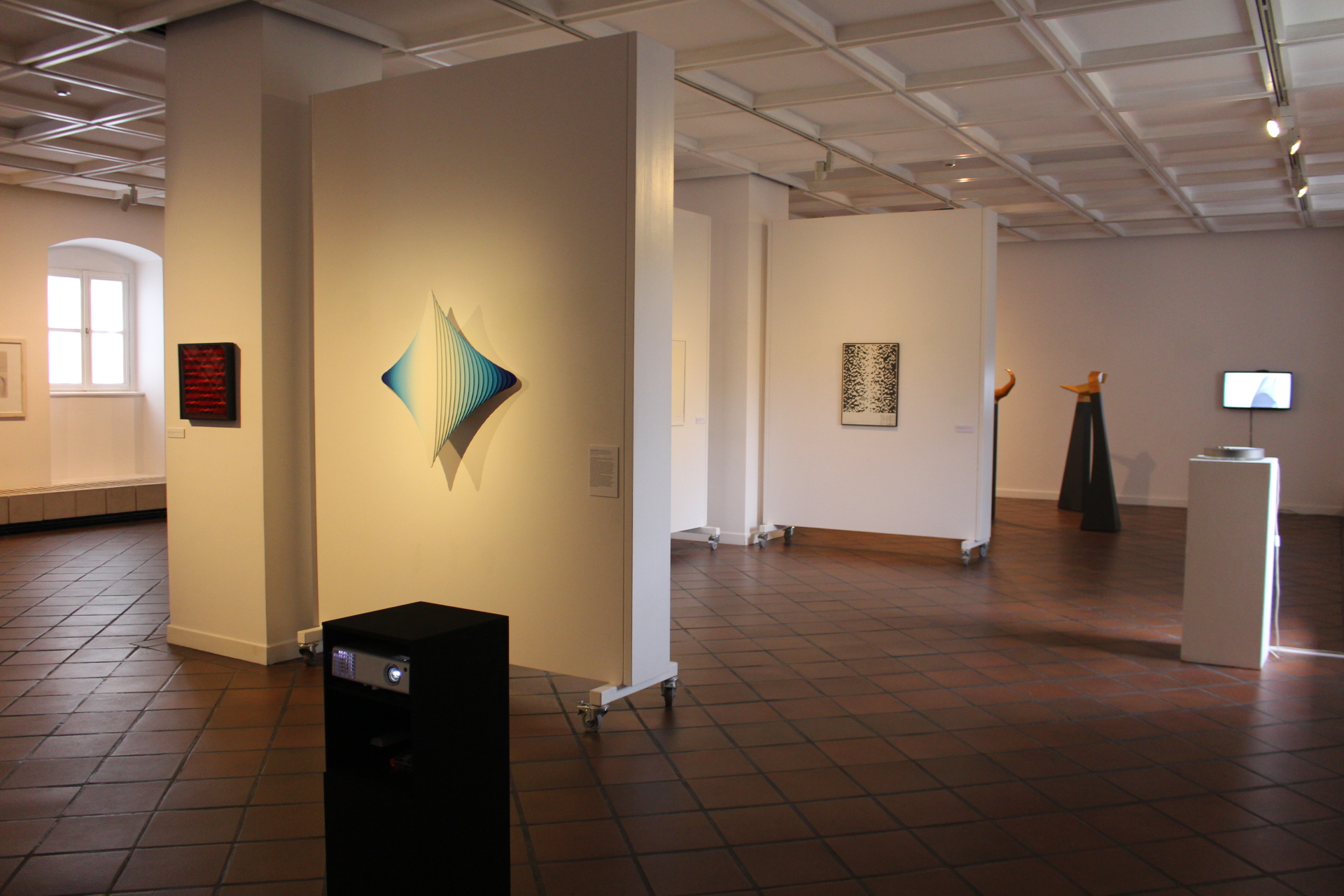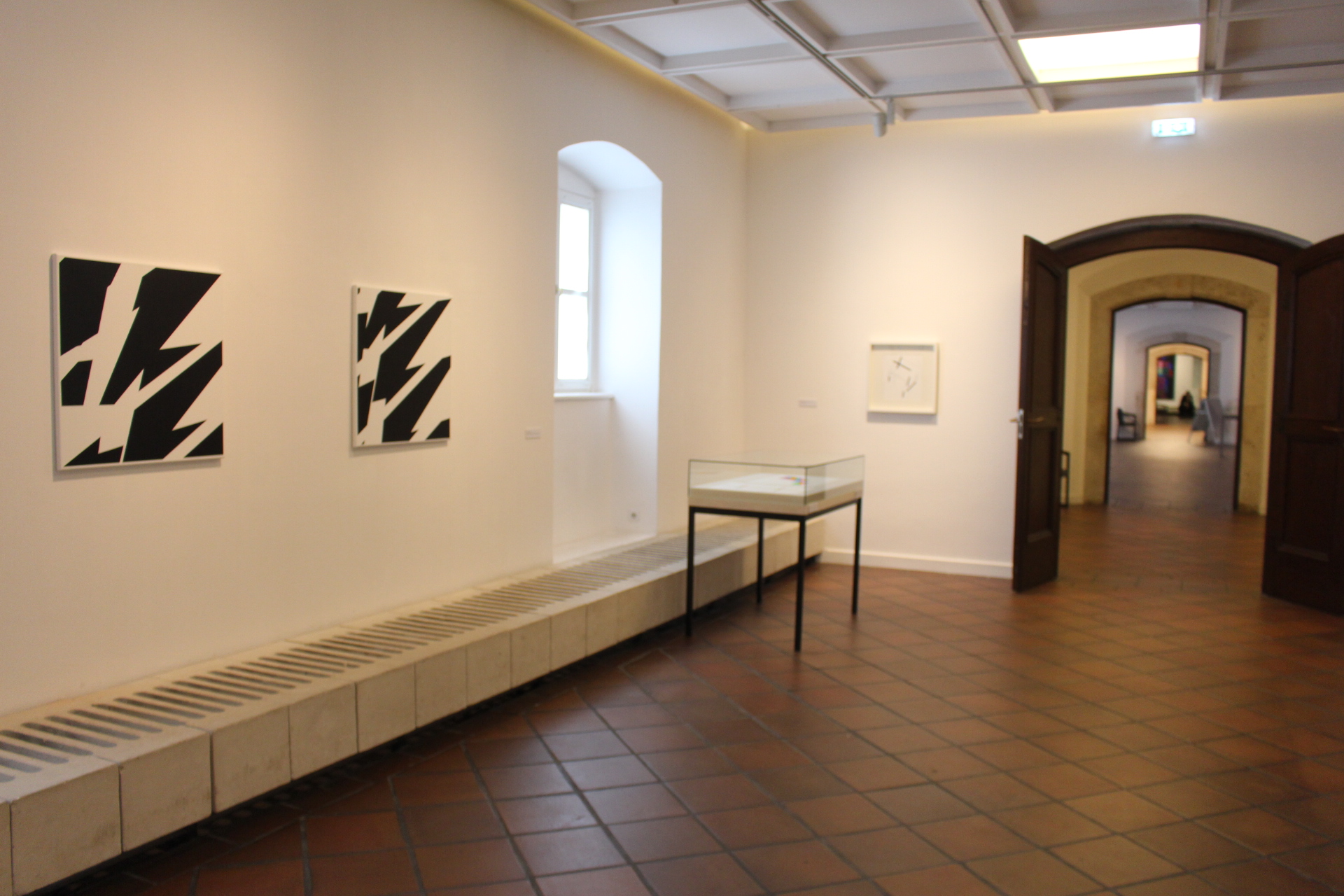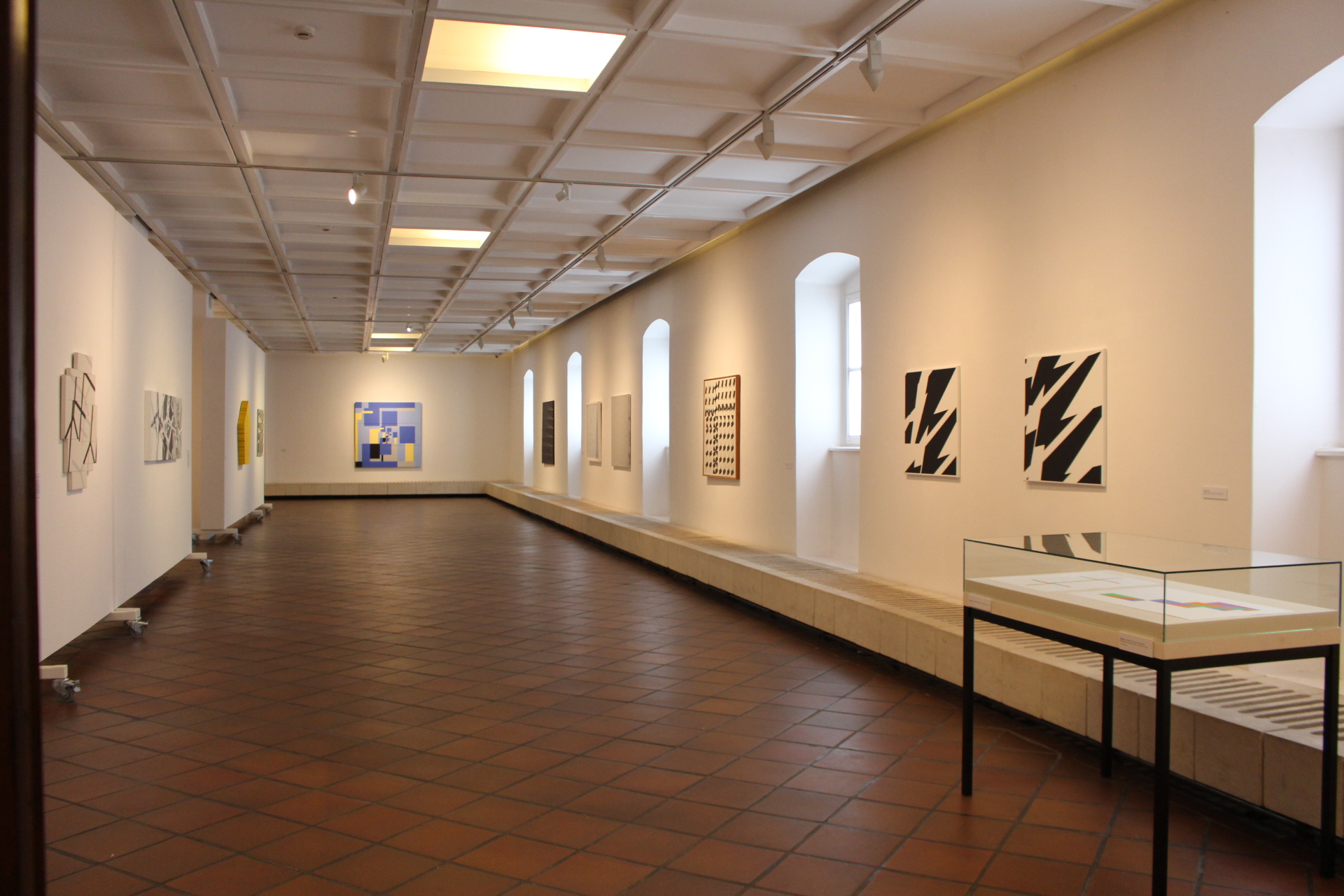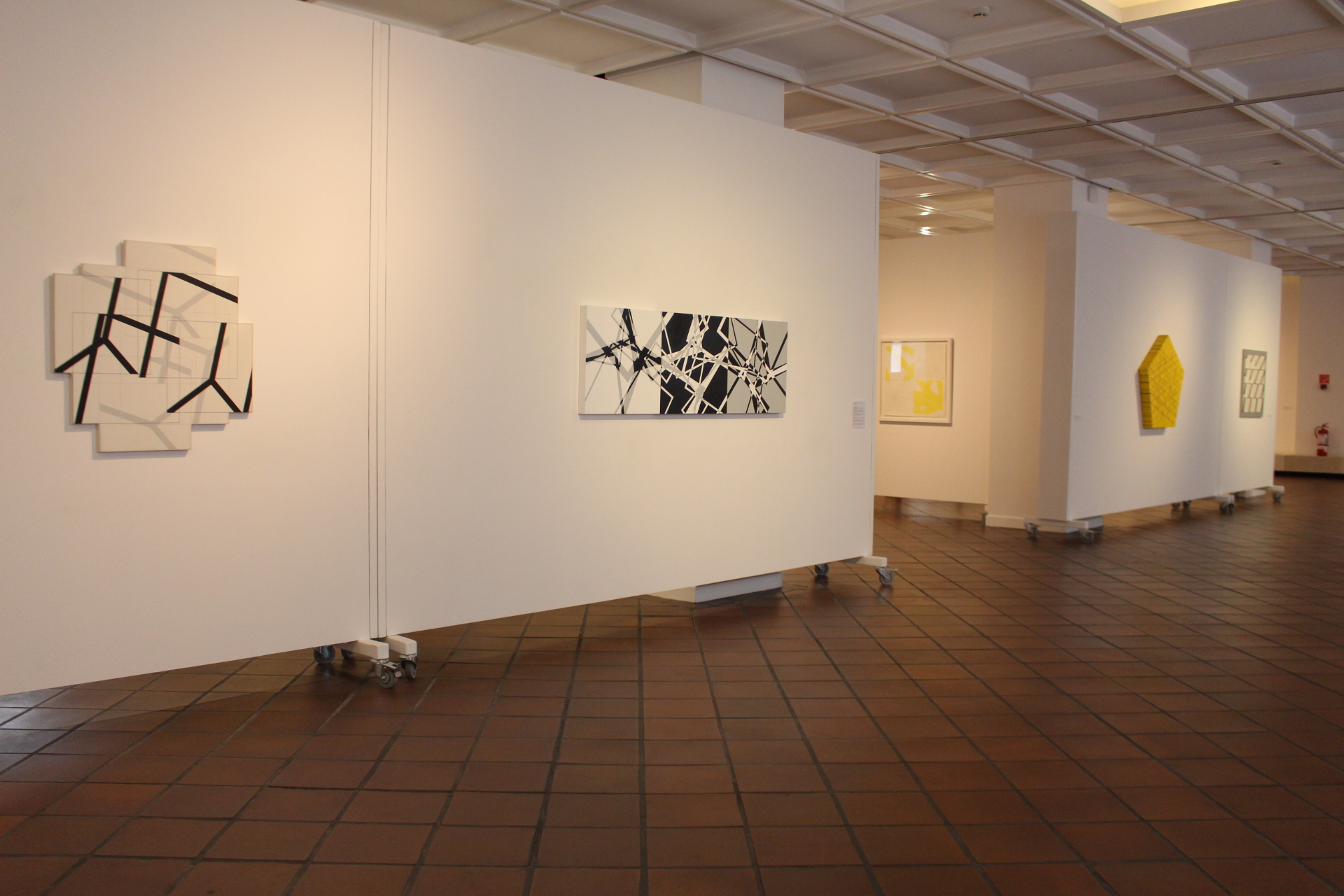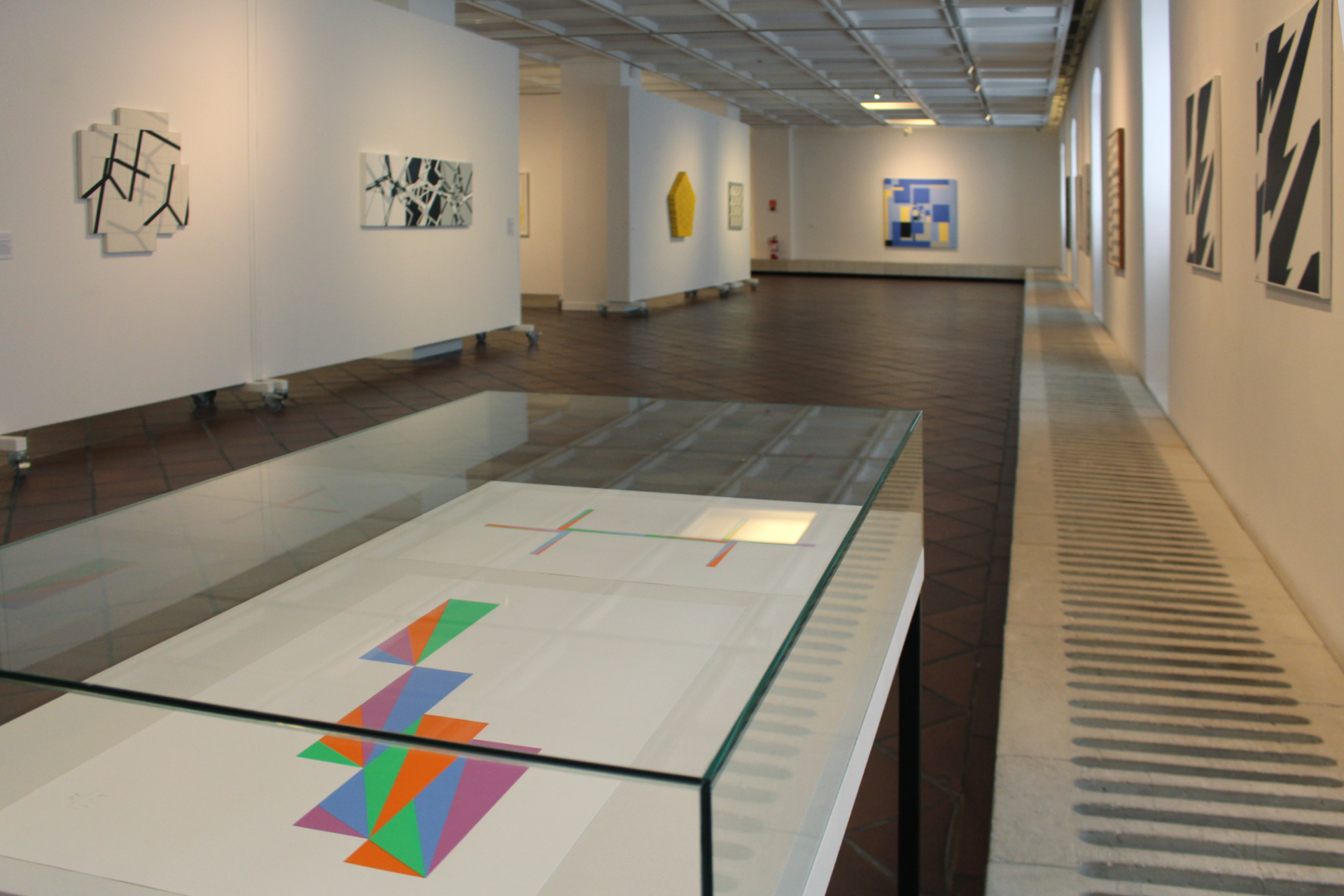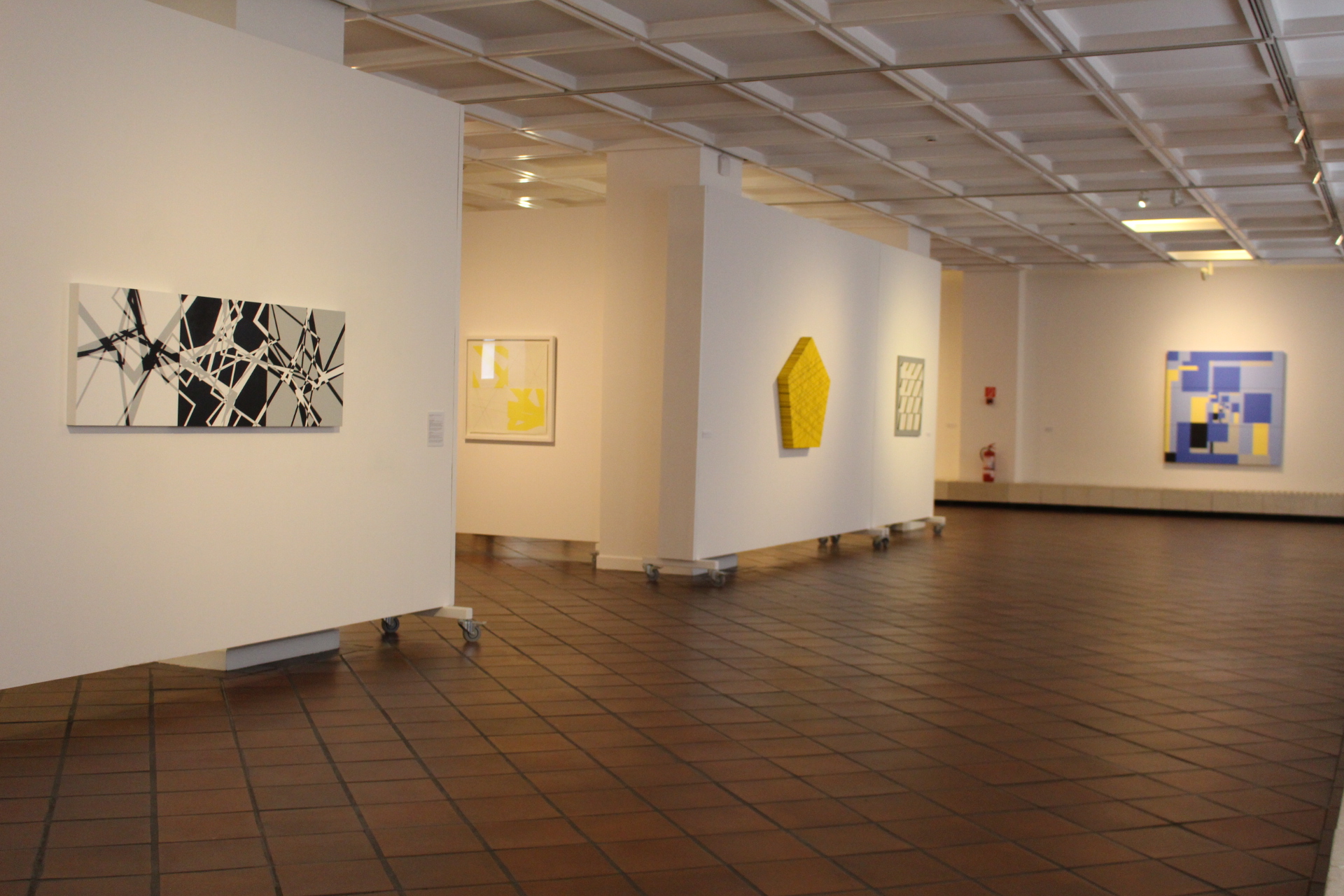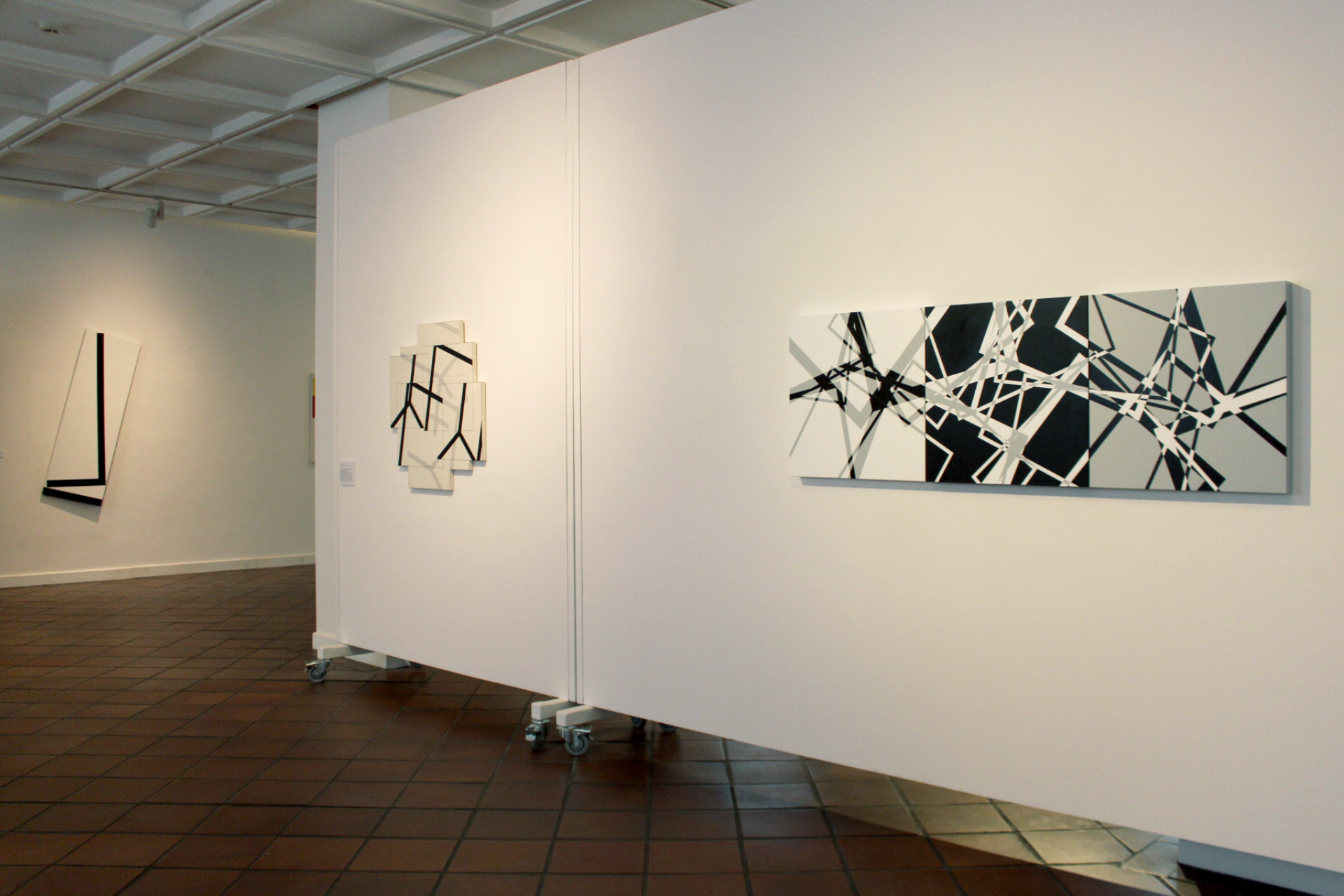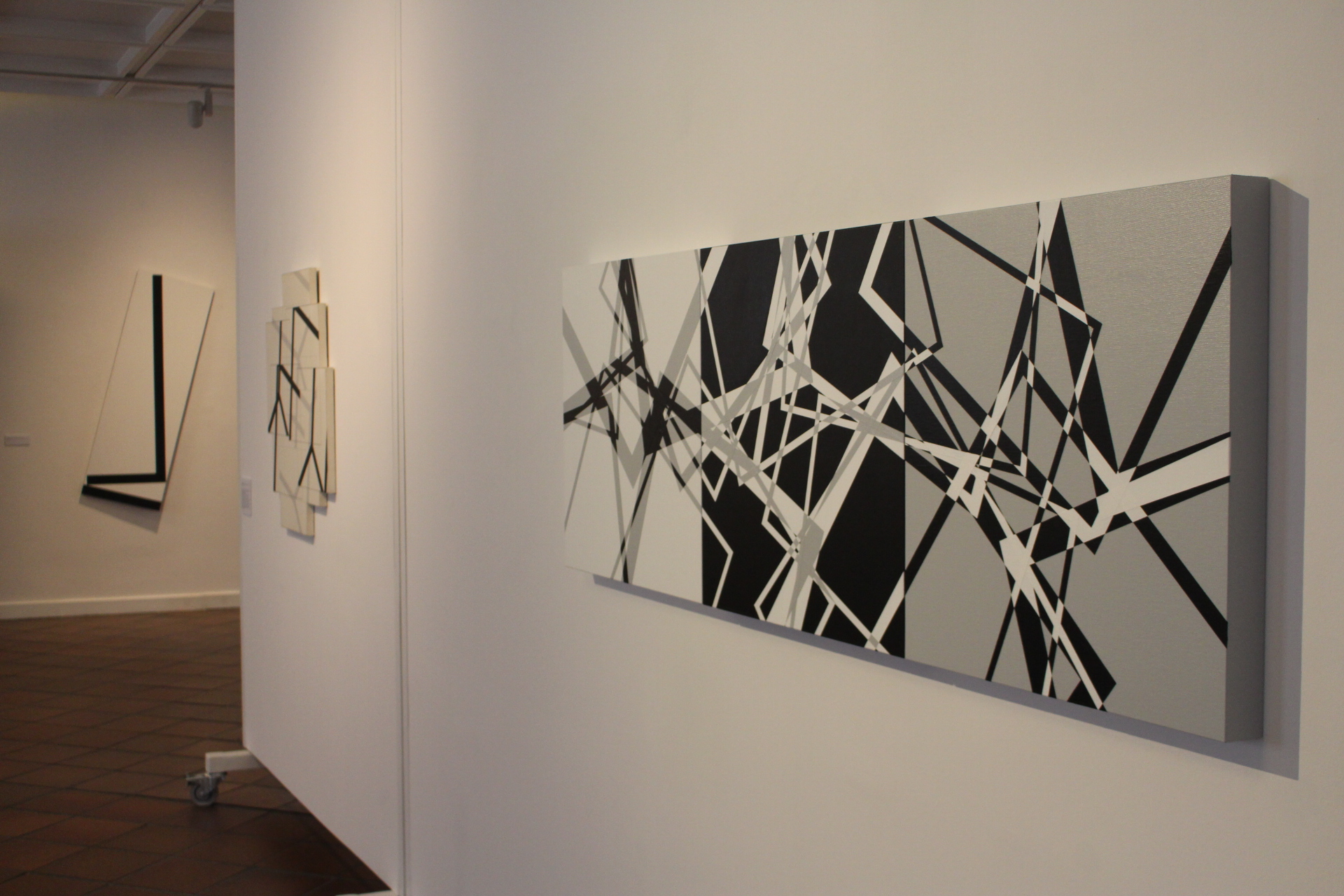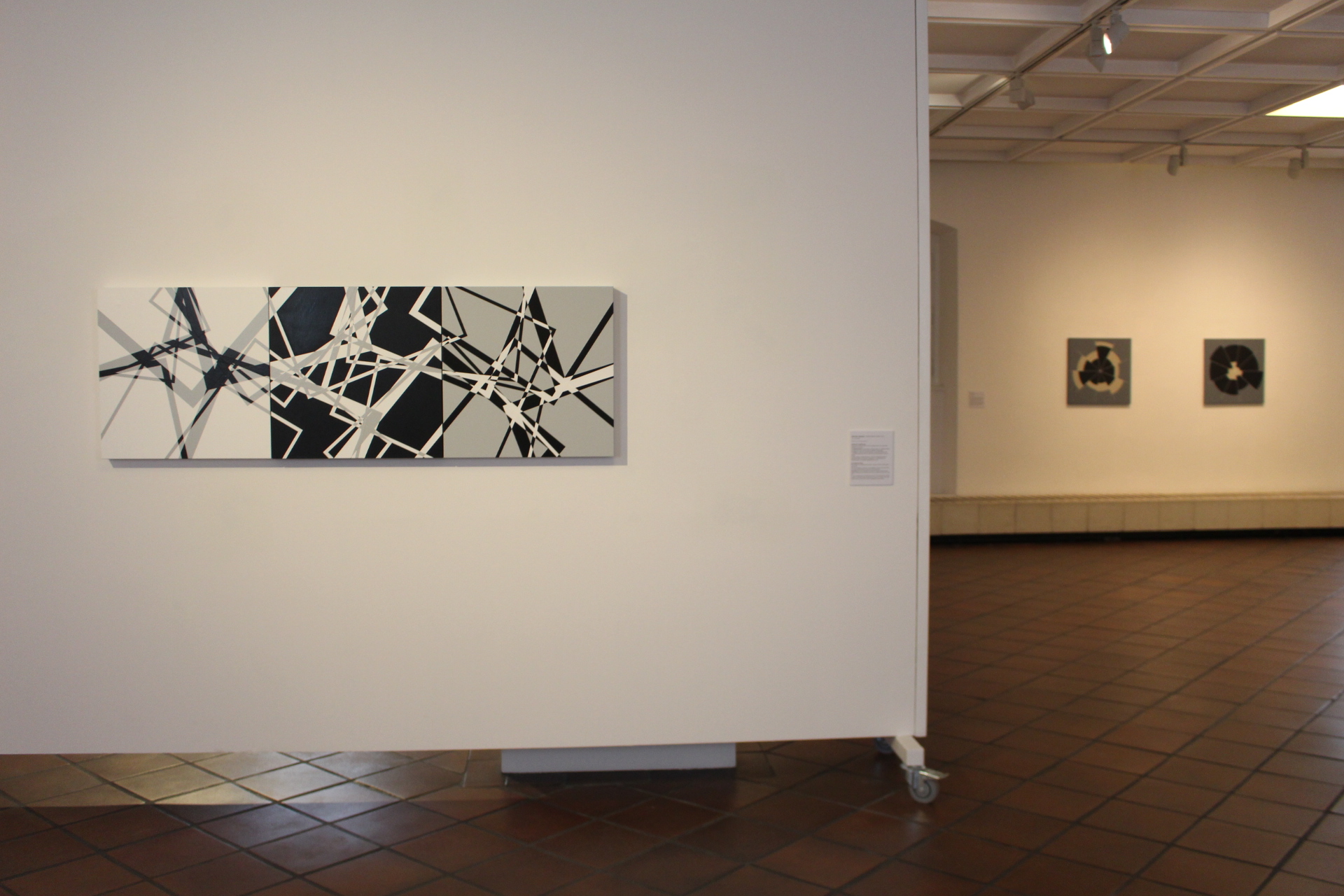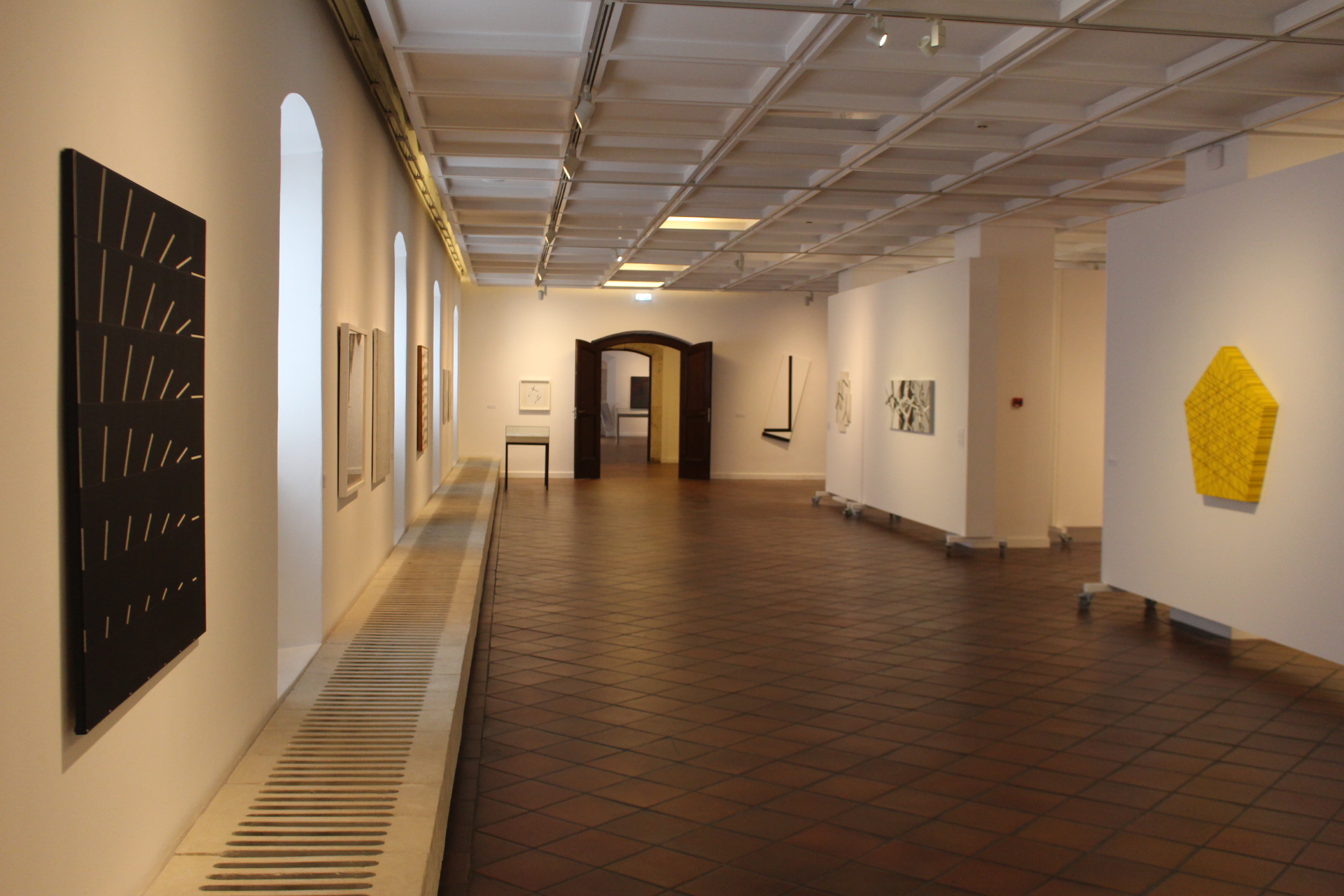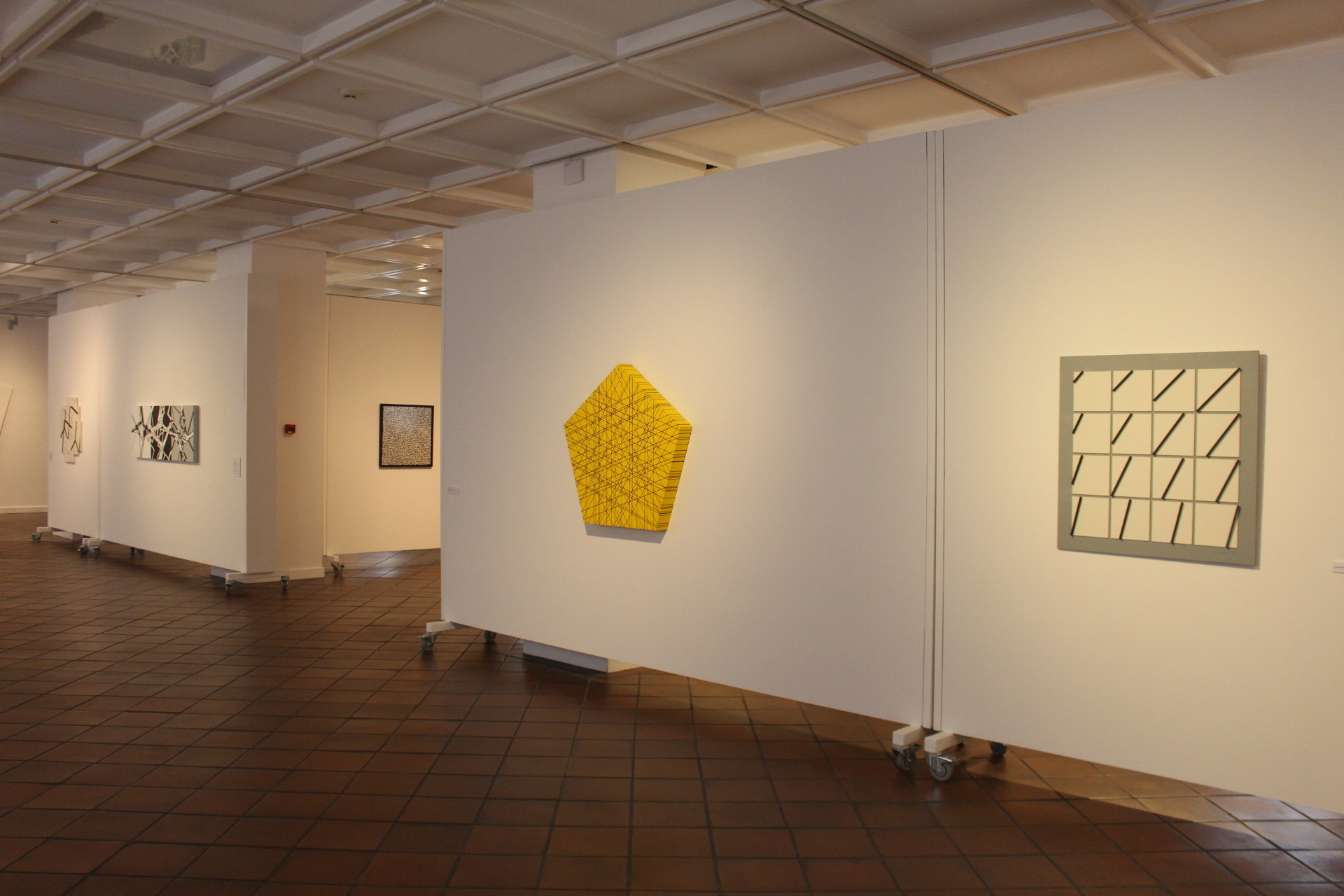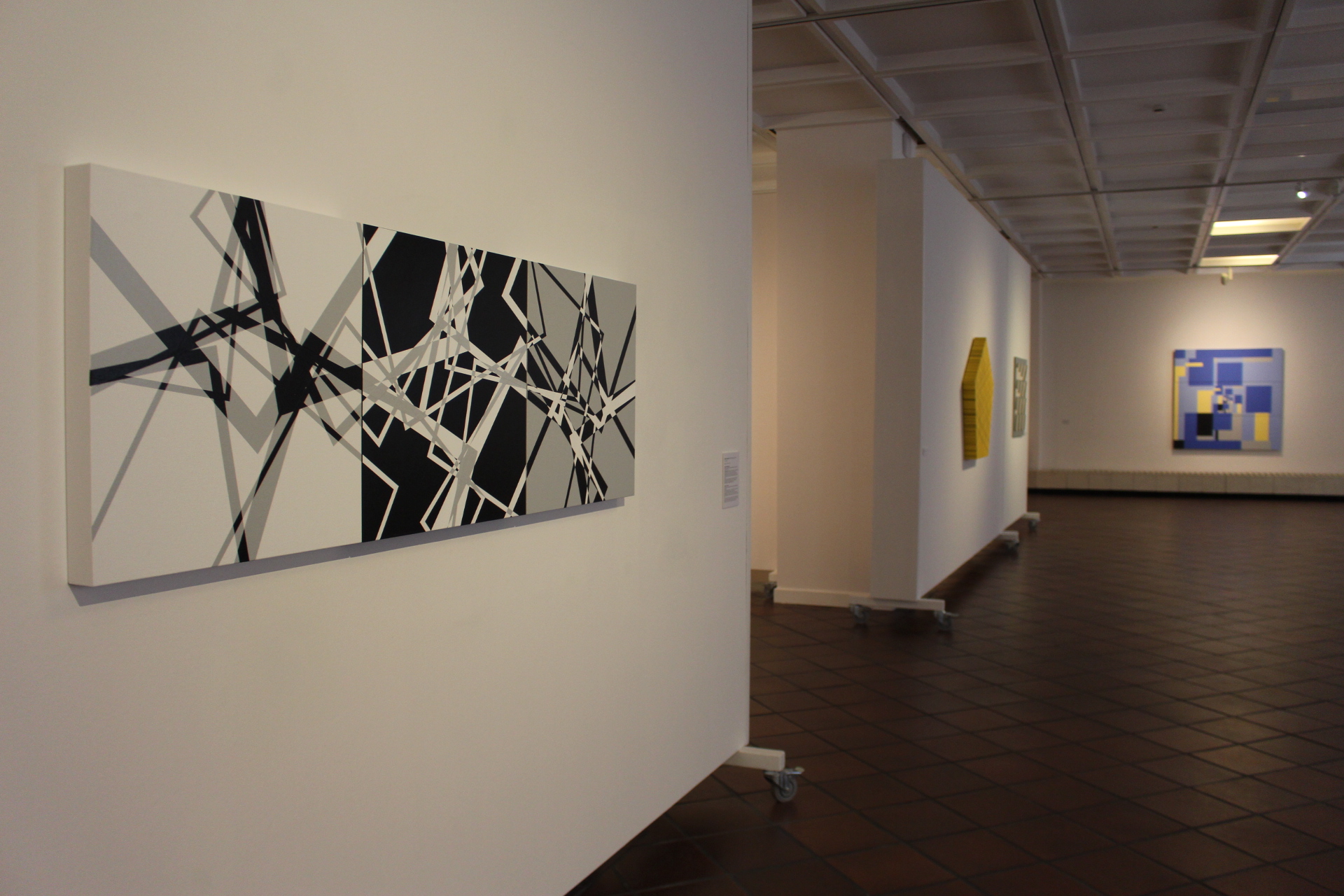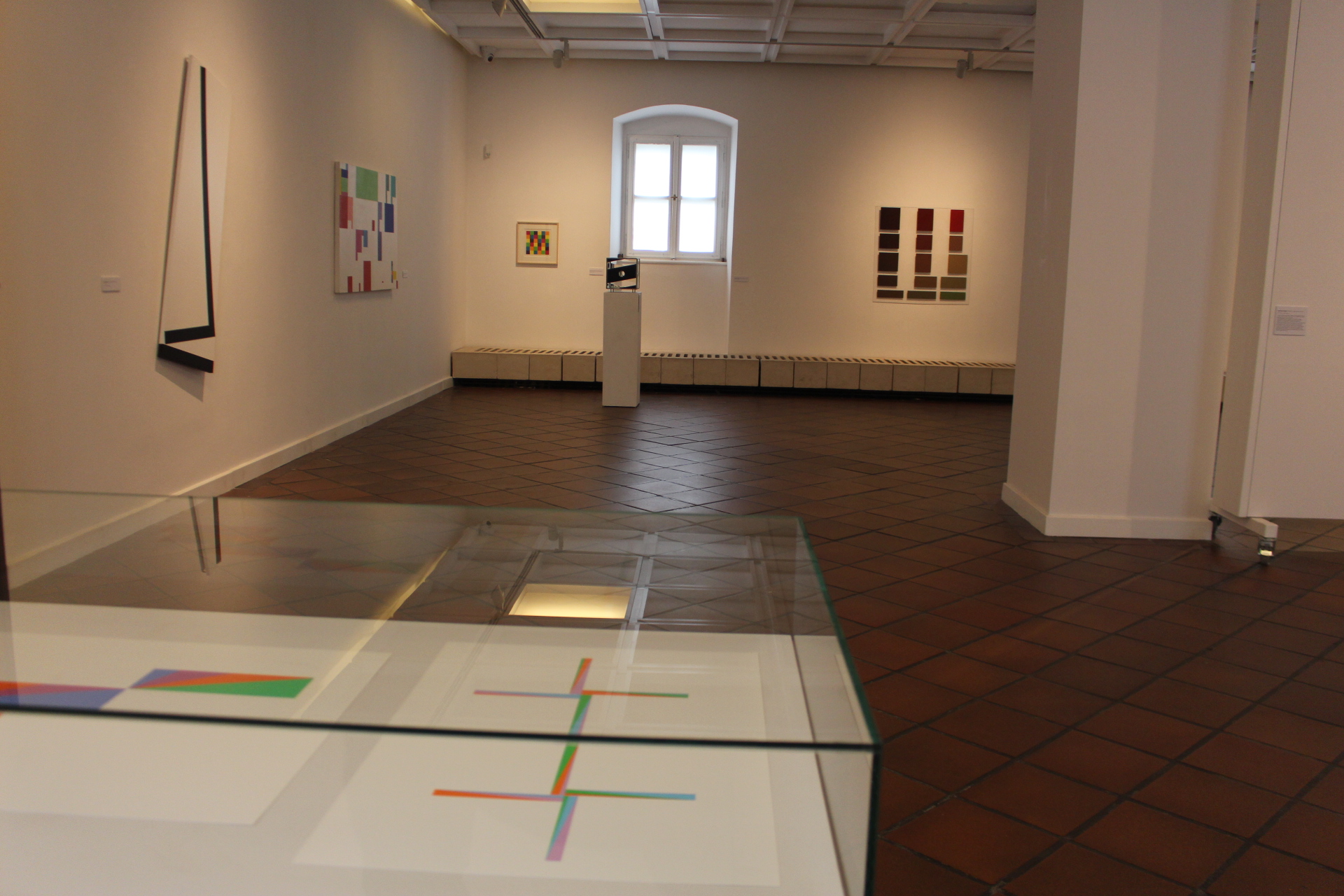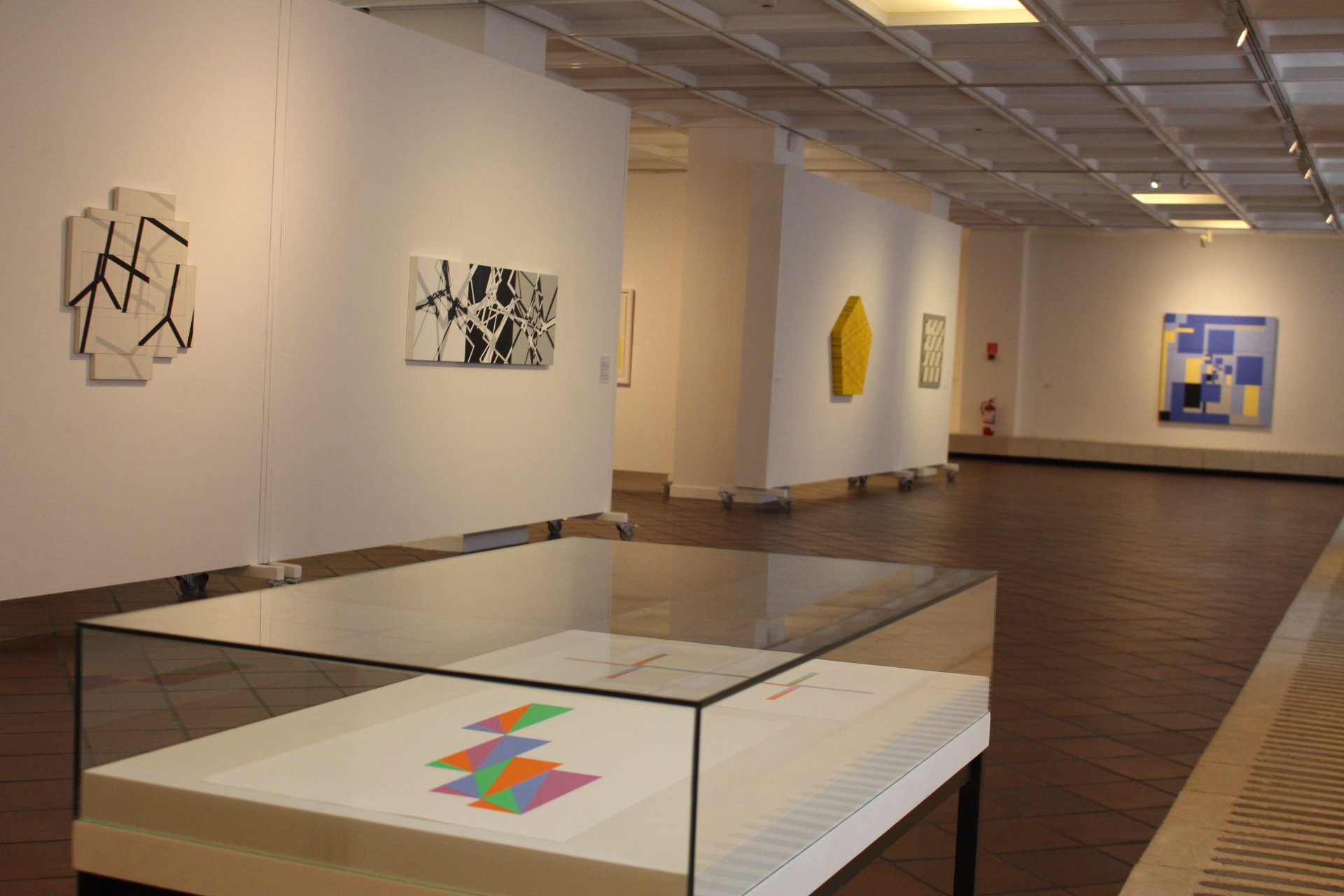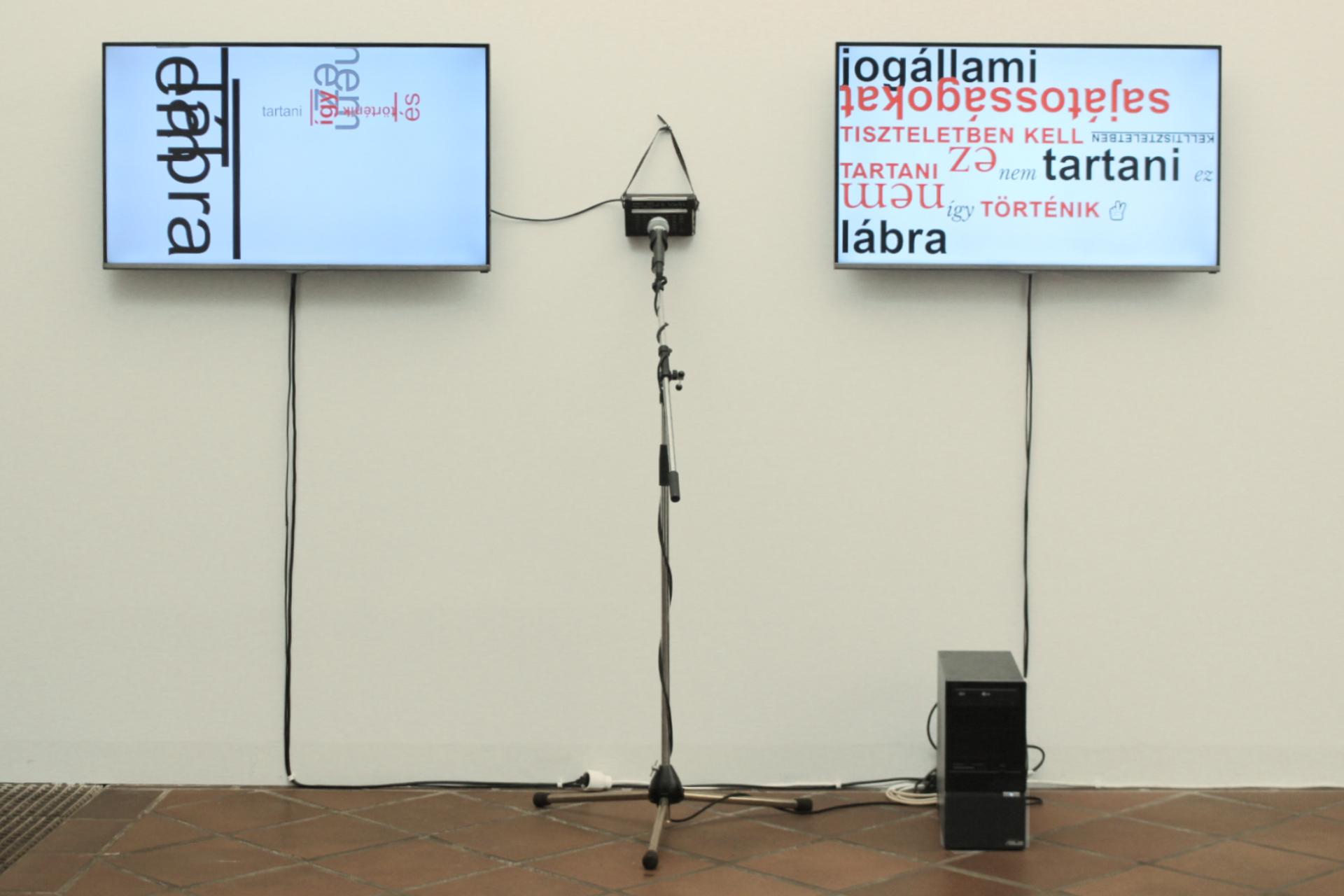Code and Algorithm
An International OSAS Exhibition
A guided tour in English at the Vasarely Museum
with two of the curators, Zoltán Szegedy-Maszák and András Szöllősi-Nagy
Date: 8th of March in 2020, 4:30-6:00 PM
Address: Vasarely Museum, 1033, Budapest Szentlélek tér 6.
The use of computers came gradually into art around the mid 60’s. This international exhibition of the Open Structures Art Society (OSAS), dedicated to Vera Molnar a pioneer in computer art, covers the period from the early efforts to the current use of digital computers in art.
Many dynamic systems in nature and society follow some rules according to certain known or unknown algorithms. With small displacements during a fairly long sequence often not much change is observable in the dynamics of the system and/or with its evolutionary behavior. The system could further be loaded without fundamental changes in its characteristics. And then all of a sudden a tipping point/breakthrough is reached when the dynamic behavior of the system changes abruptly and it goes through a mutation. That is how climate change, population dynamics, prison outbreaks and revolutions work, for instance. Sequential/serial works often generate aesthetical meaning through algorithms/codes. The rule could be a procedure defined by the artist. These rules might include deterministic repetition, shifting, rotation, color or form inversion, symmetrical or asymmetric mirroring, covering, scale transition and/or fractal behavior, respectively. Or it could be a stochastic manipulation of the visual unit chosen either by probabilistic experiments or by pseudo-random numbers covering a certain range of the process variance, or by random walk models and the combination thereof.
This is clearly an example of art encountering science. The demonstration of the existence of this close relationship is one of the principal missions of OSAS.
This international show displays works by ALBERT Ádám, BENEDEK Barna, Max BILL, BÓDI Marianna, BORTNYIK–TUBÁK, José BRÉVAl, CSIKY Tibor, CSIZY László, Maria CUEVAS, Aleksander DRAKULIC, FERNEZELYI Márton, GÁYOR Tibor, HARASZTŸ István, HARMATI Kitti, HOÓZ Anna, Gerhard HOTTER, Viktor HULIK, Jean-François DUBREUIL, JENESES Ádám, JOVÁNOVICS Tamás, JULESZ Béla, KAPPANYOS András, Hiroshi KAWANO, KELLE Antal, KOVÁCS Attila, KOVÁCS Gyula, LANTOS Ferenc, LEPSÉNYI Imre, Josef LINSCHINGER, Richard Paul LOHSE, MARAFKÓ Bence, MÁTÉ Dániel, MAURER Dóra, MENGYÁN András, Manfred MOHR, Vera MOLNAR, François MORELLET, NEMES Judit, NÉMETH Dániel, Andrzej J. OLEJNICZAK, PÓCSY Ferenc, PALOTAI Gábor, Henri PROSI, REHOROVSZKY Anna, Torsten RIDELL, Albert RUBENS, Jan SCHOONHOVEN, Mark STAREL, Klaus STAUDT, Esther STOCKER, Peter STRUYCKEN, SZÉCSÉNYI-NAGY Loránd, SZEGEDY-MASZÁK Zoltán, SZÍJ Kamilla, SZLOVICSÁK Dömötör, TIHANYI Áron, TÜRK Péter, Ryszard WINIARSKI, WOLSKY András, Joa ZAK, ZALAVÁRI András
Curated by: Zoltán Szegedy-Maszák, András Szöllősi-Nagy and
András Wolsky

